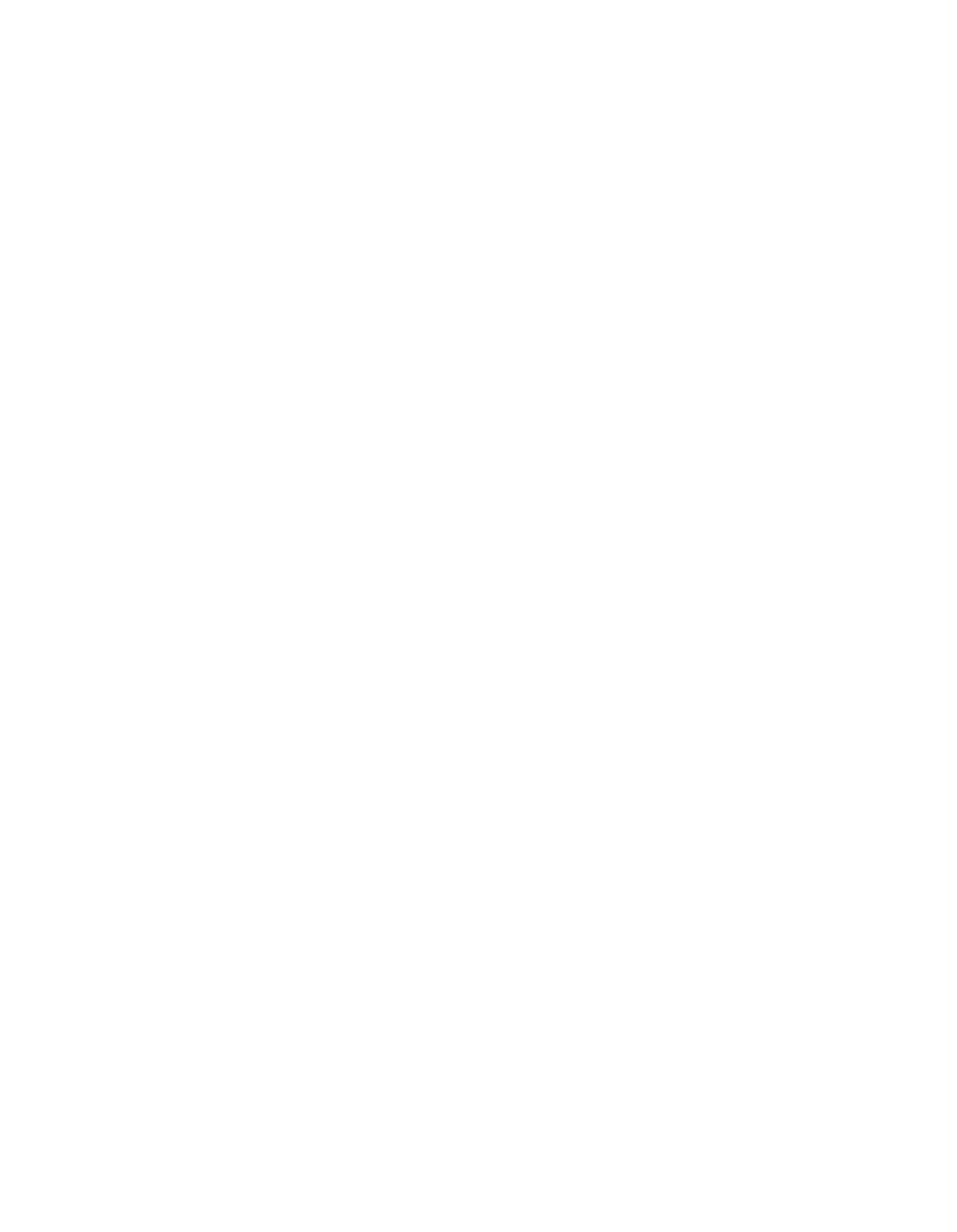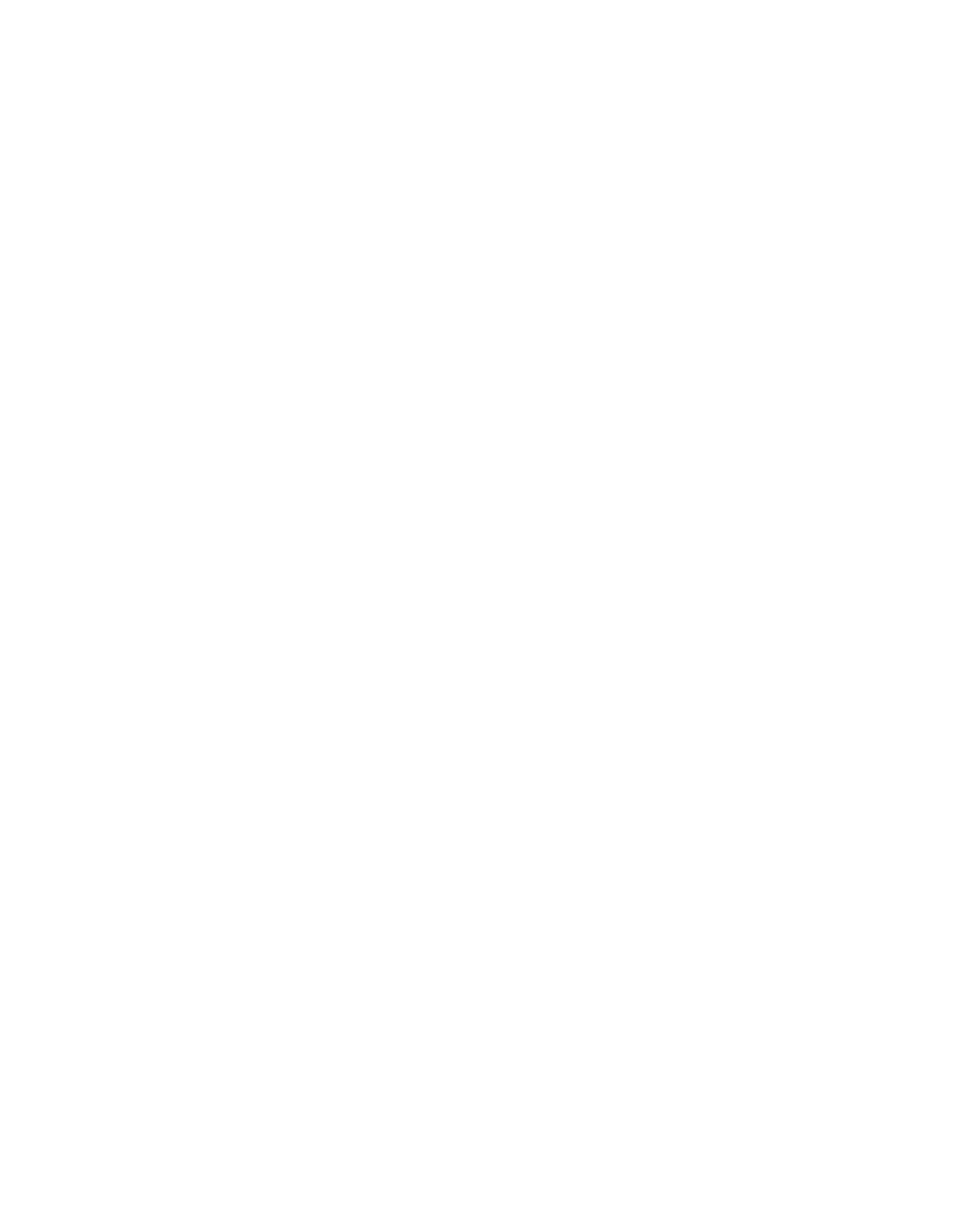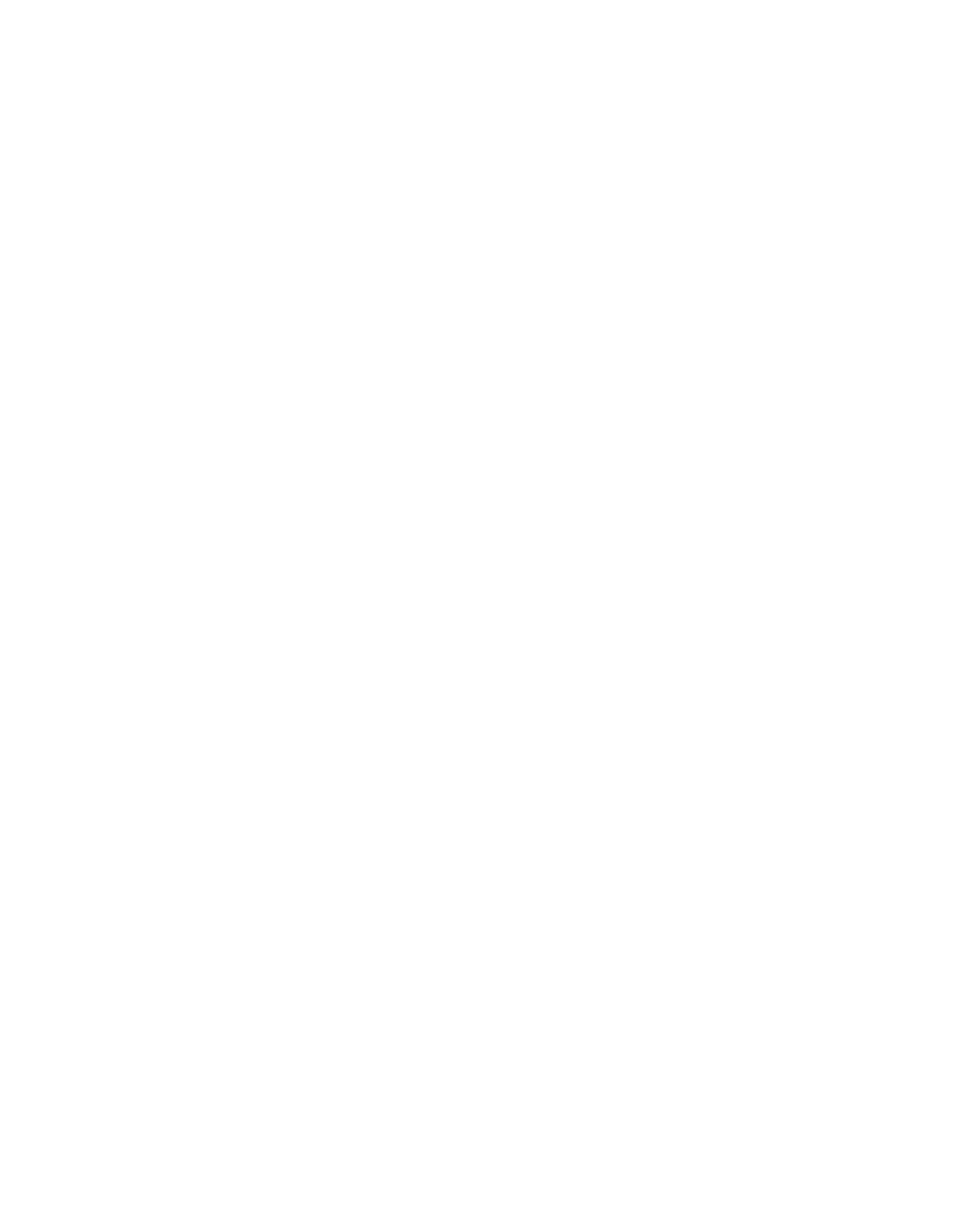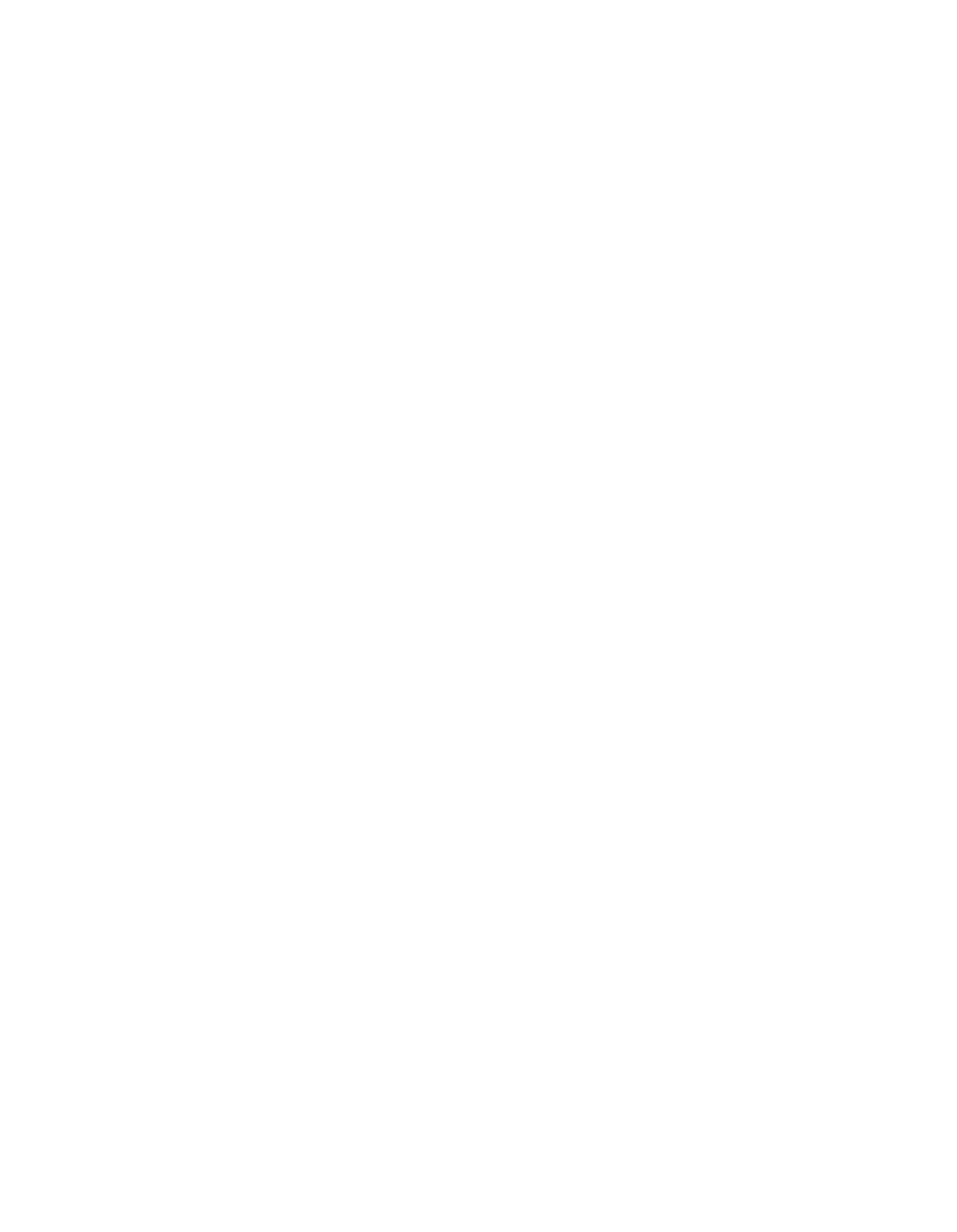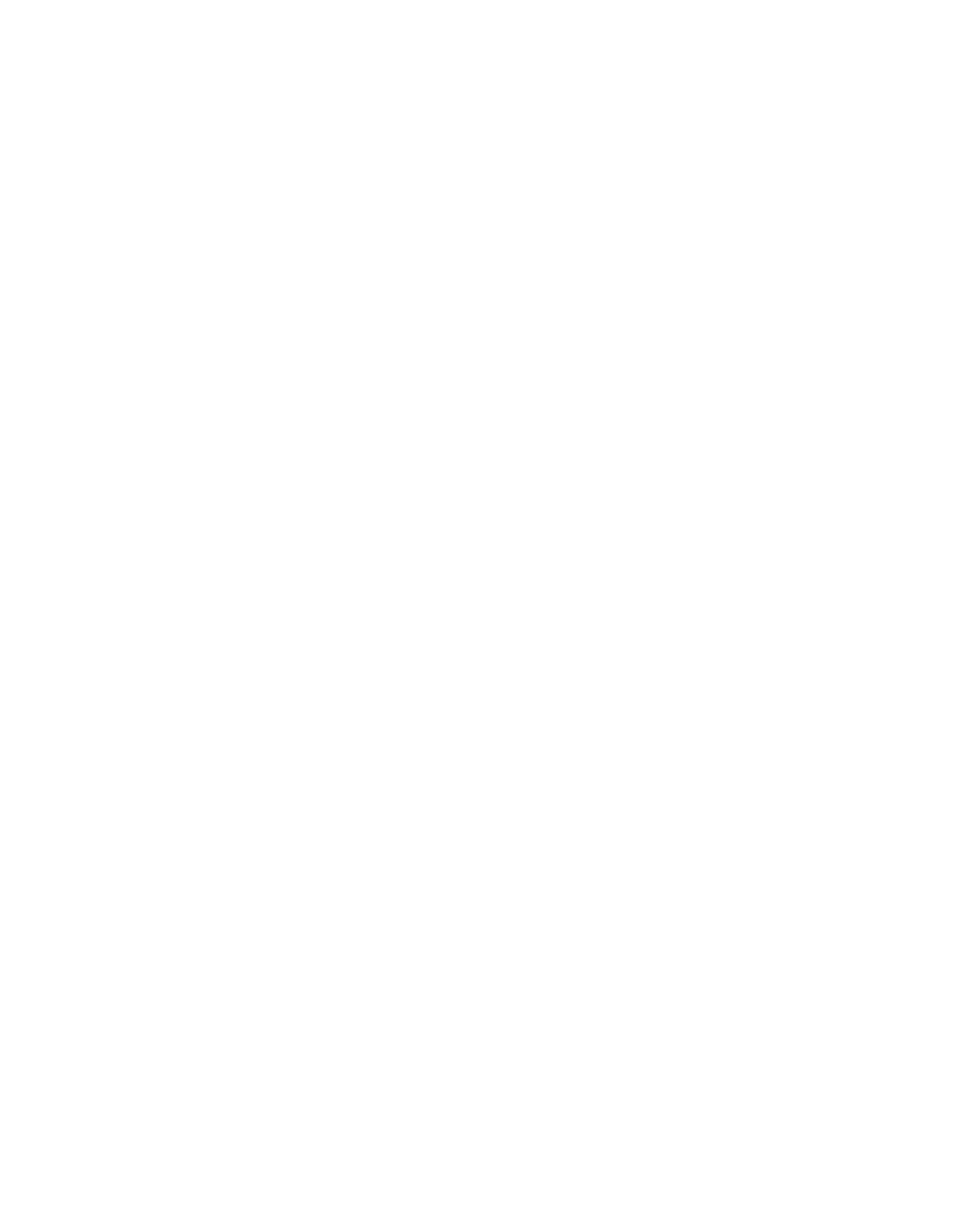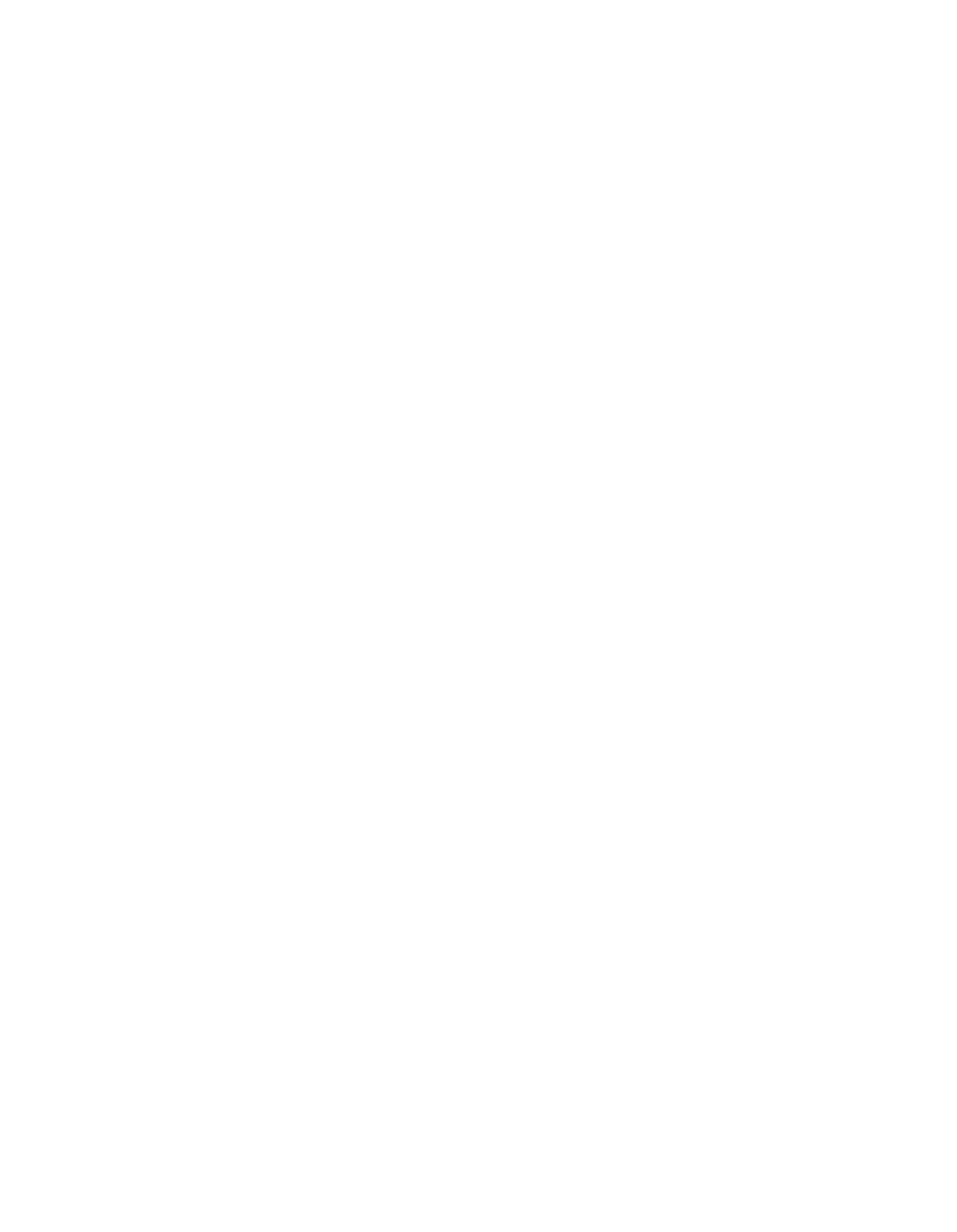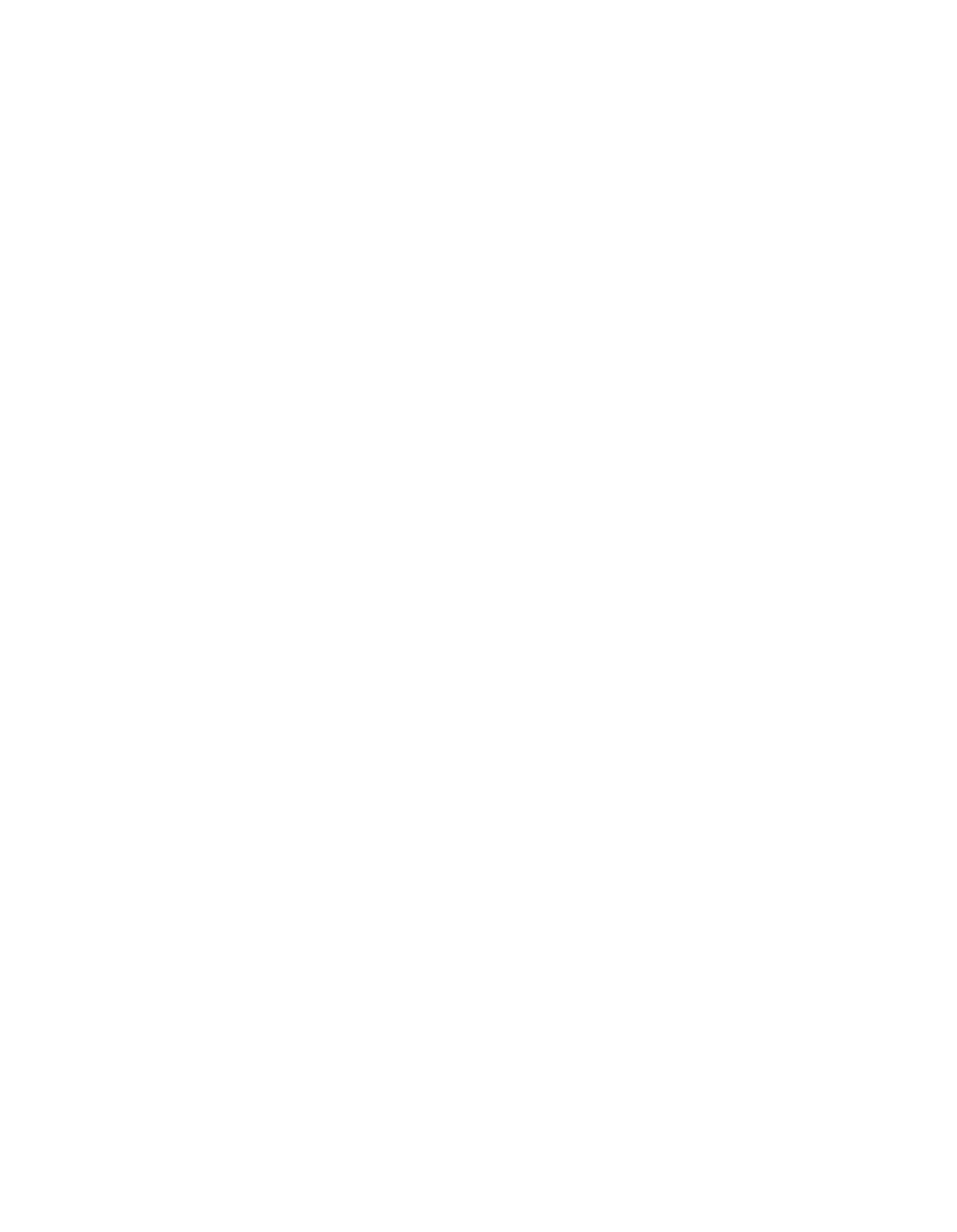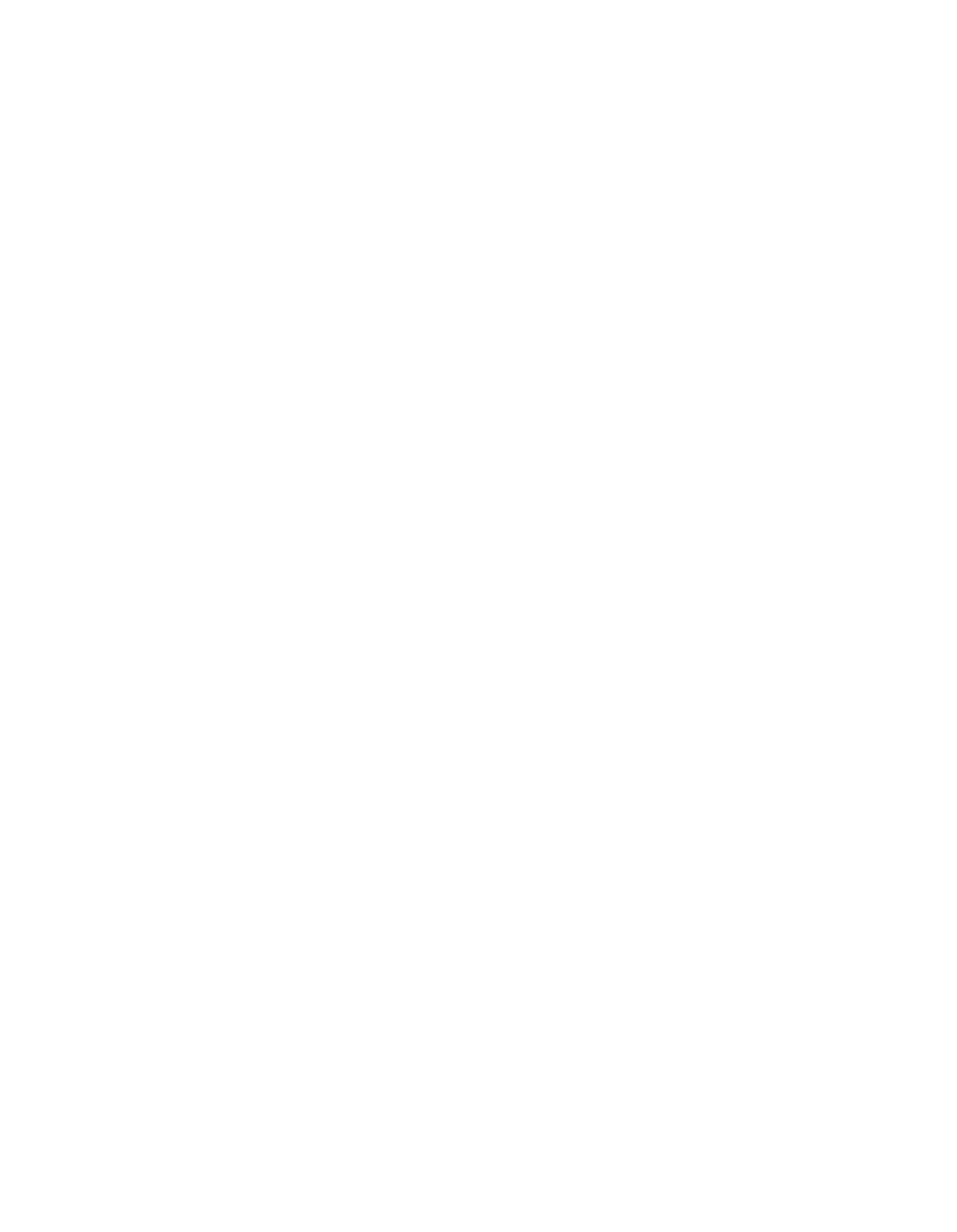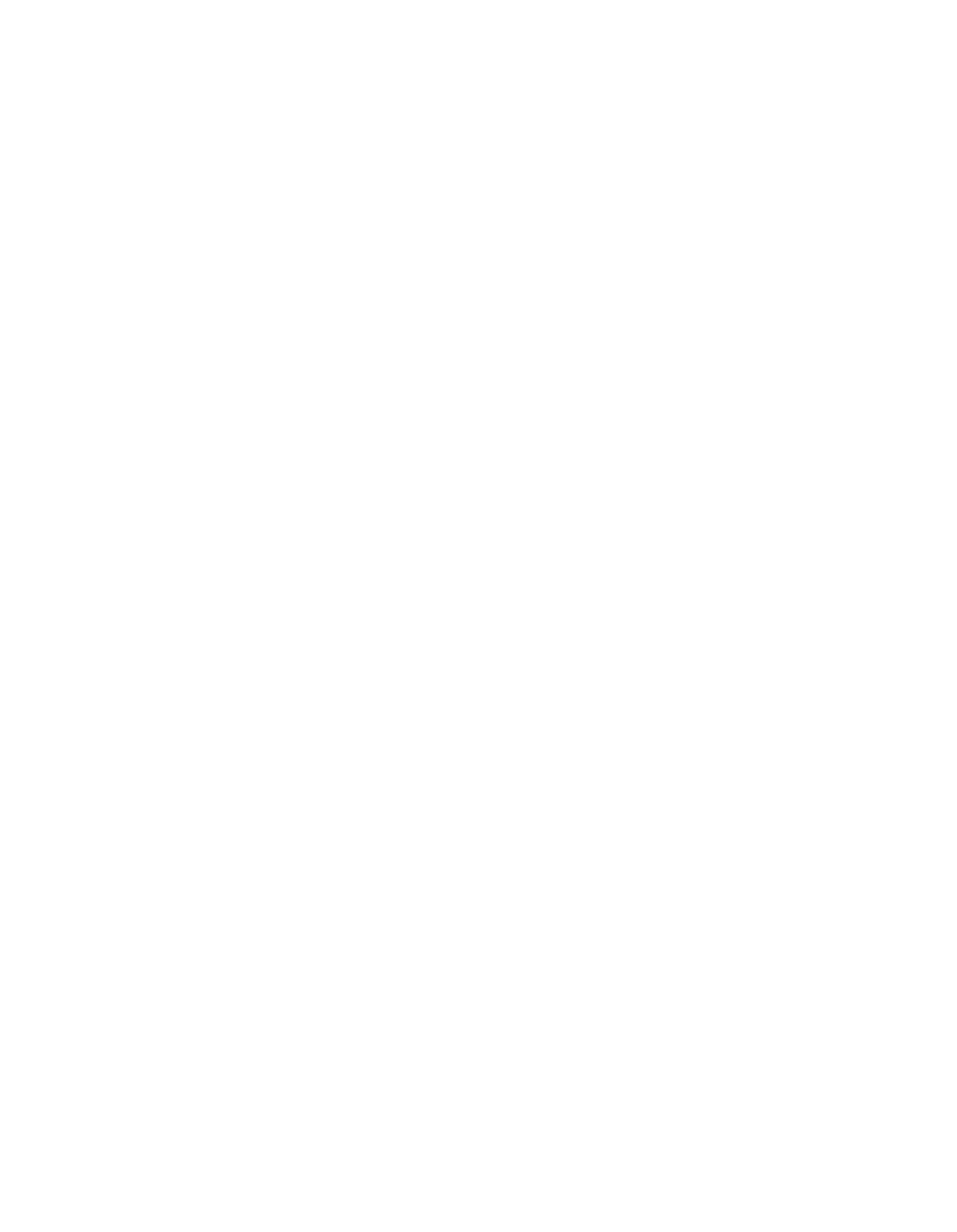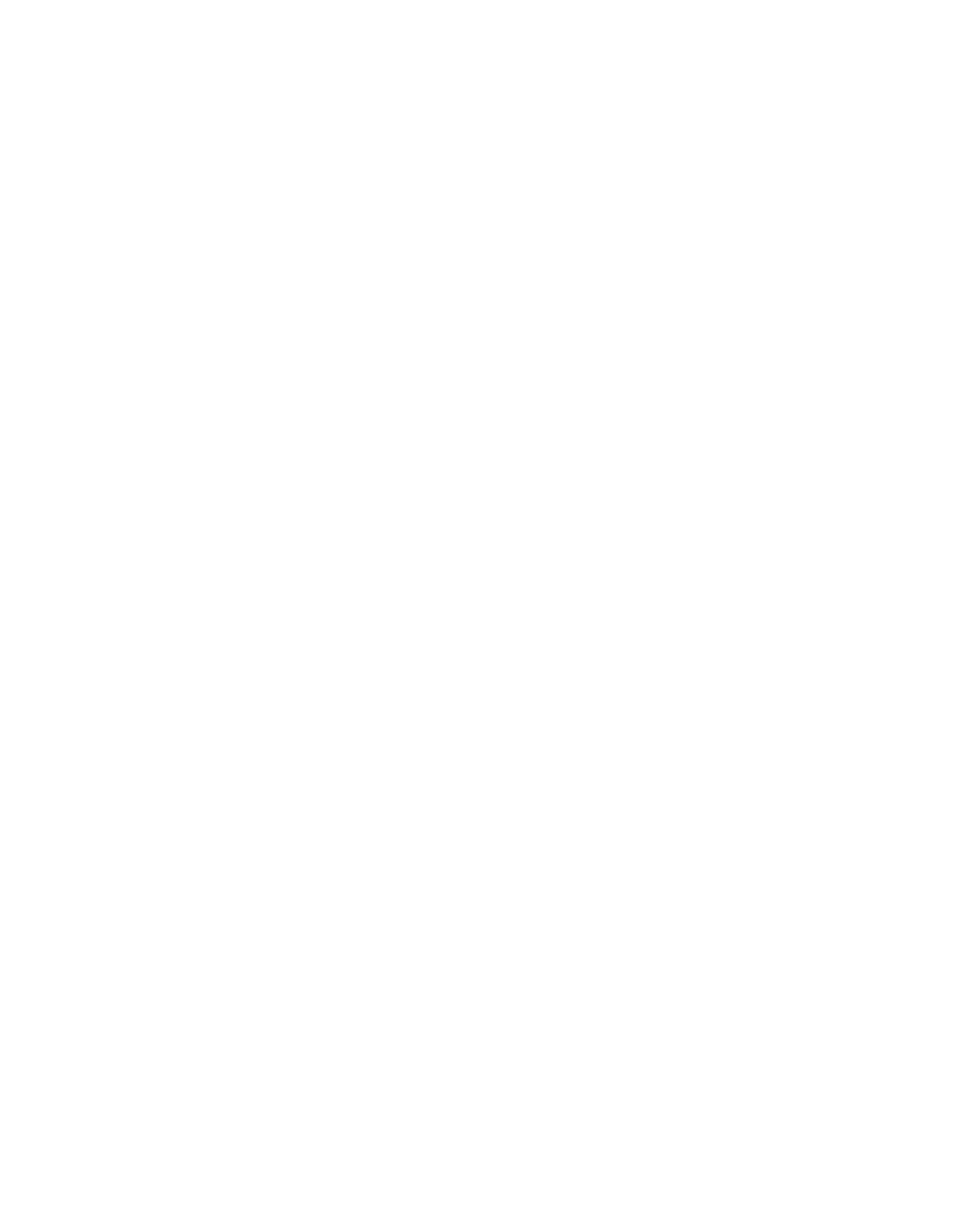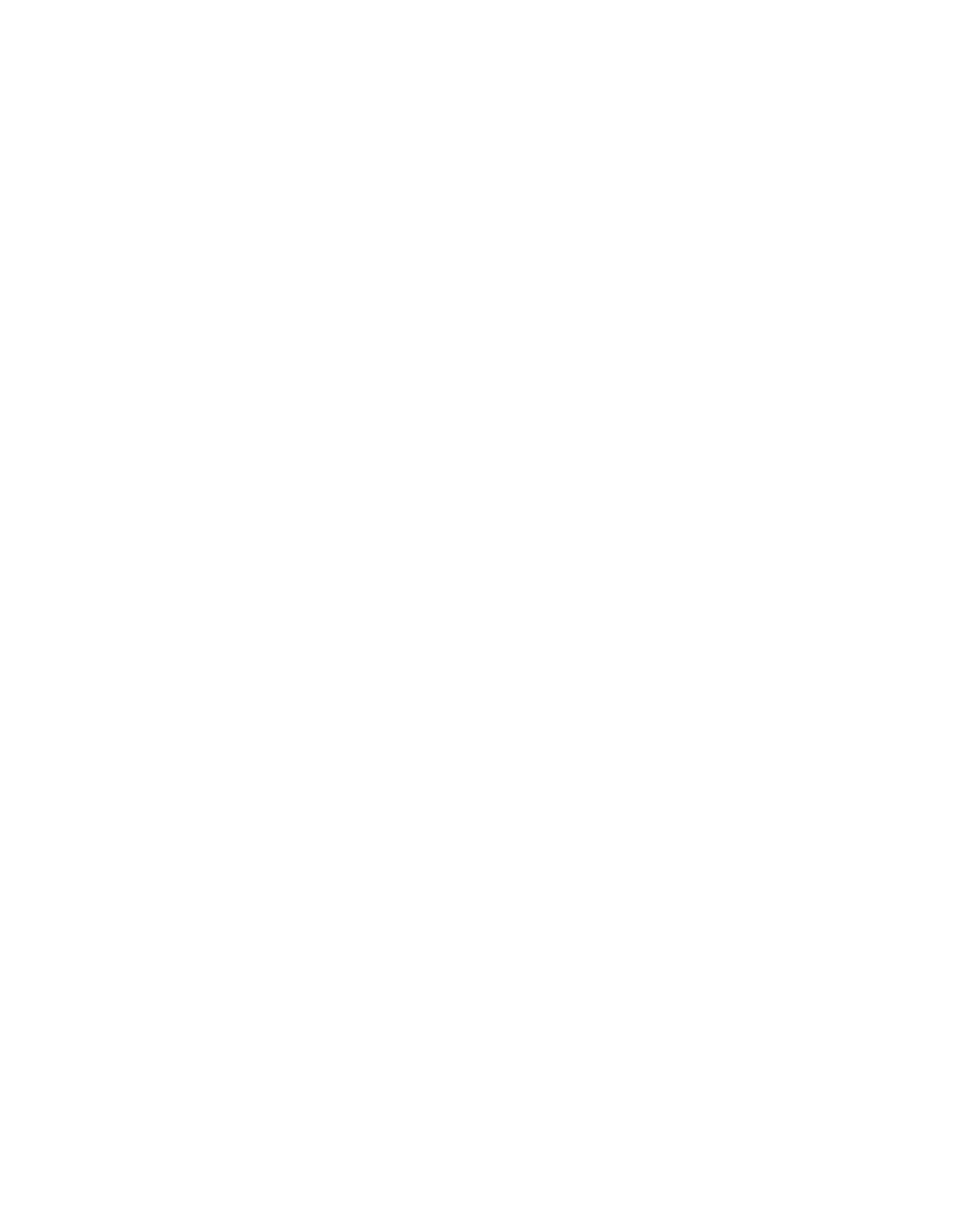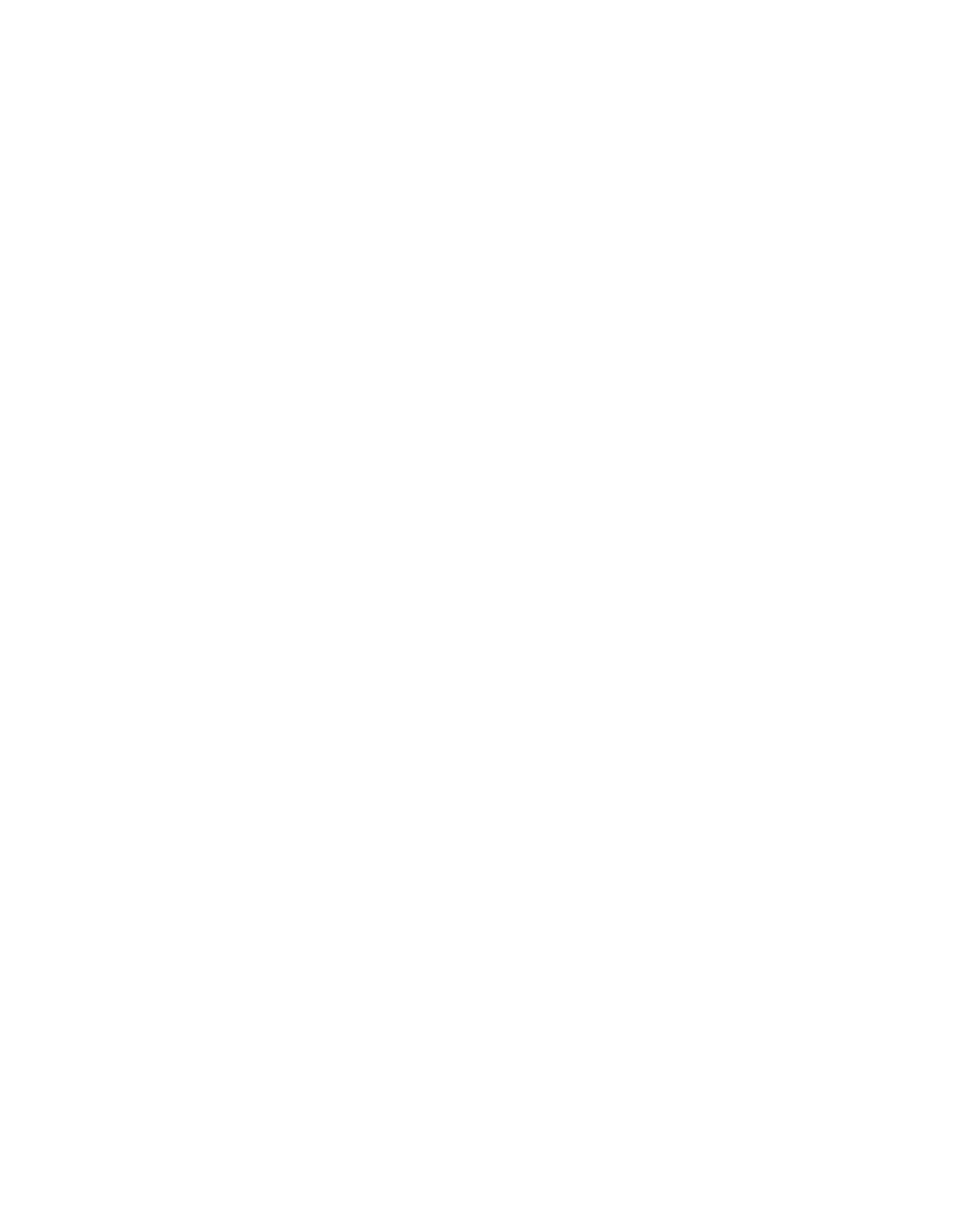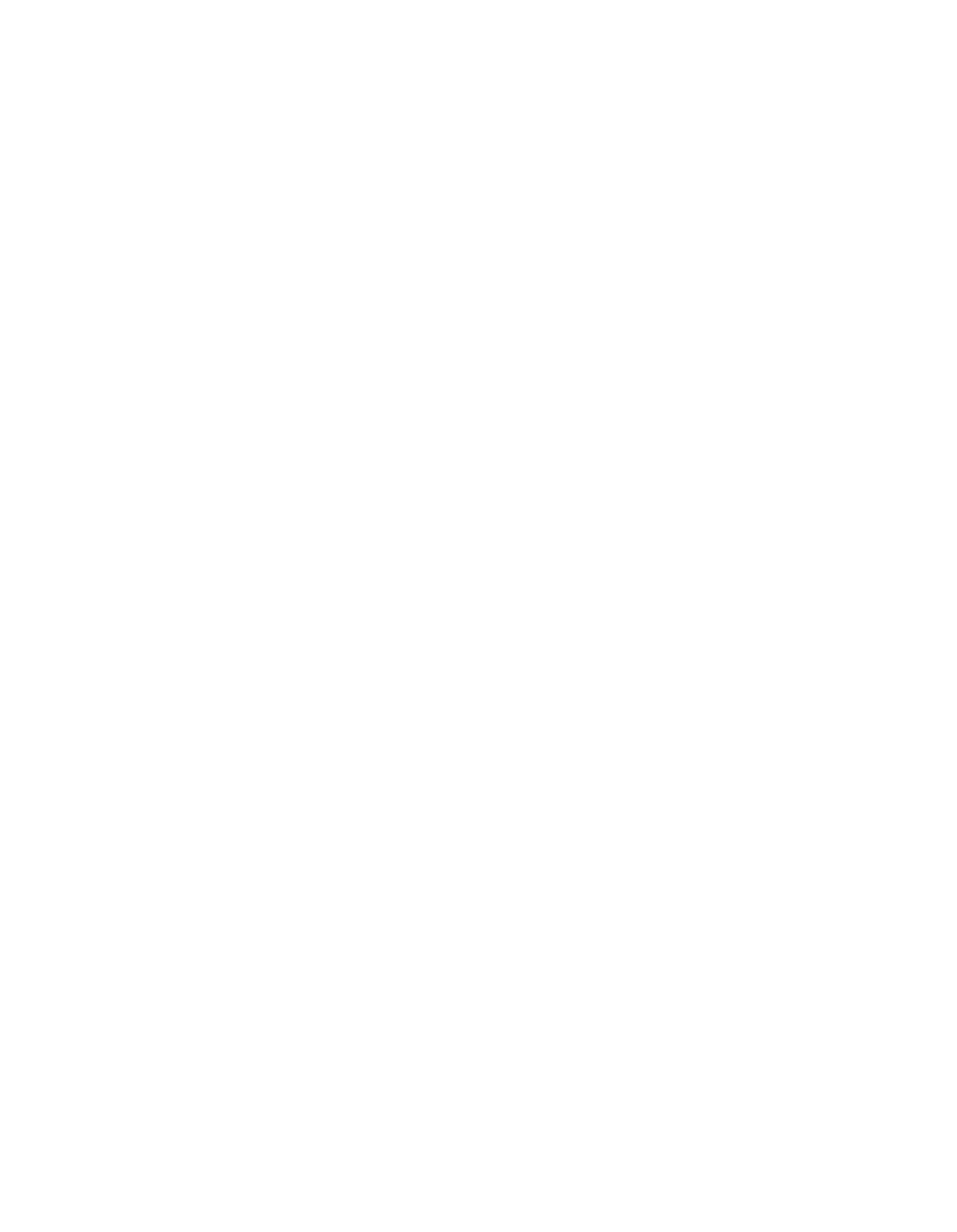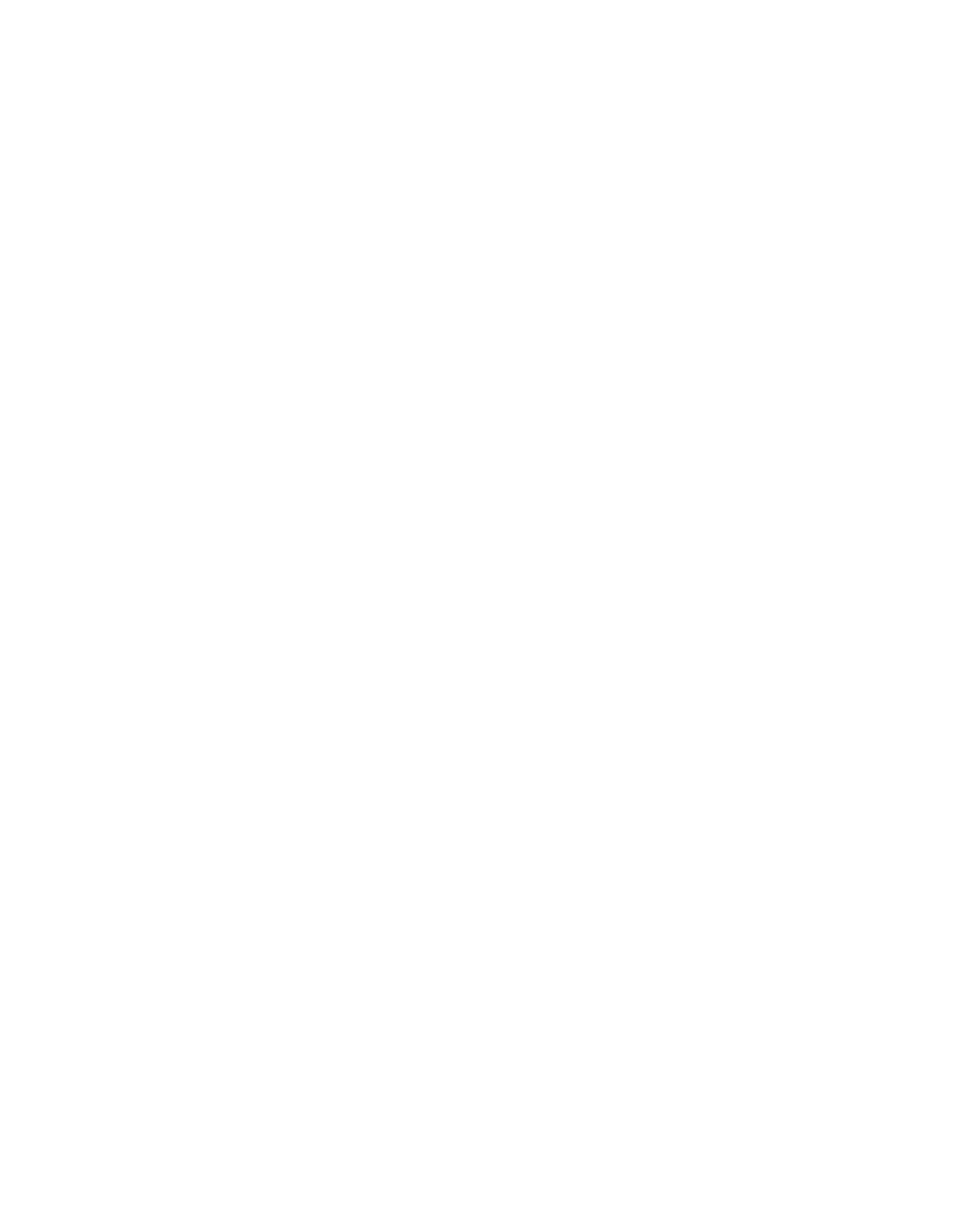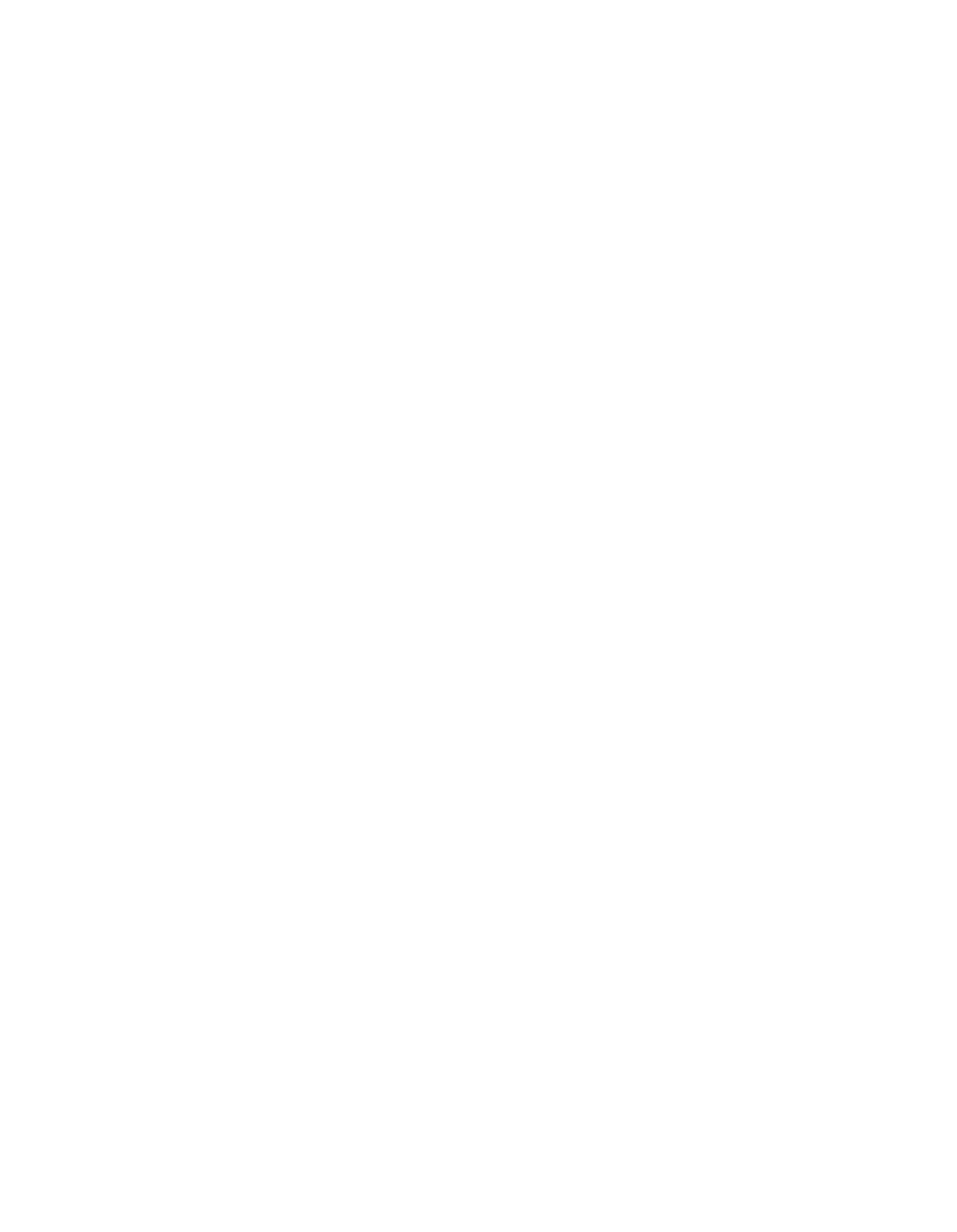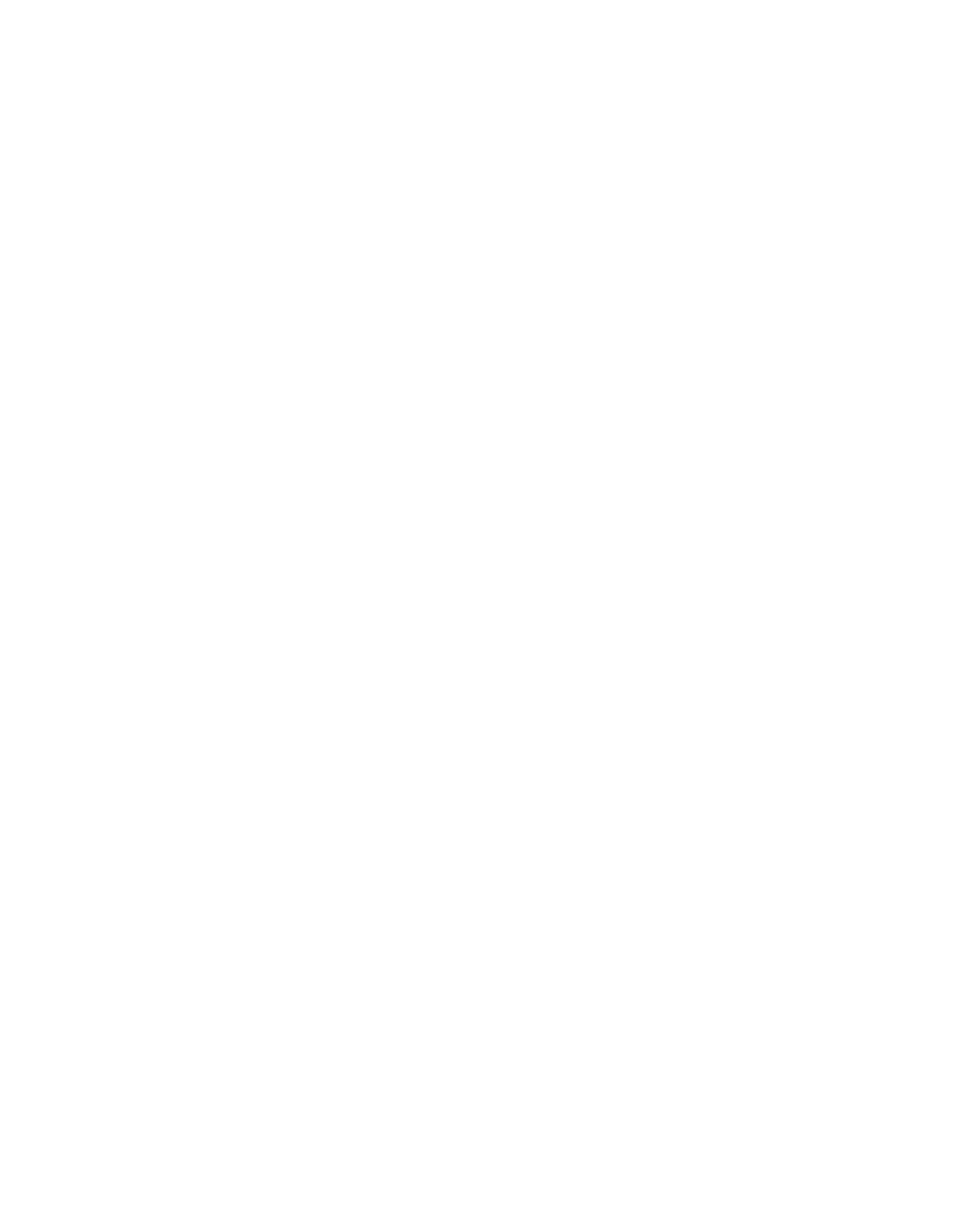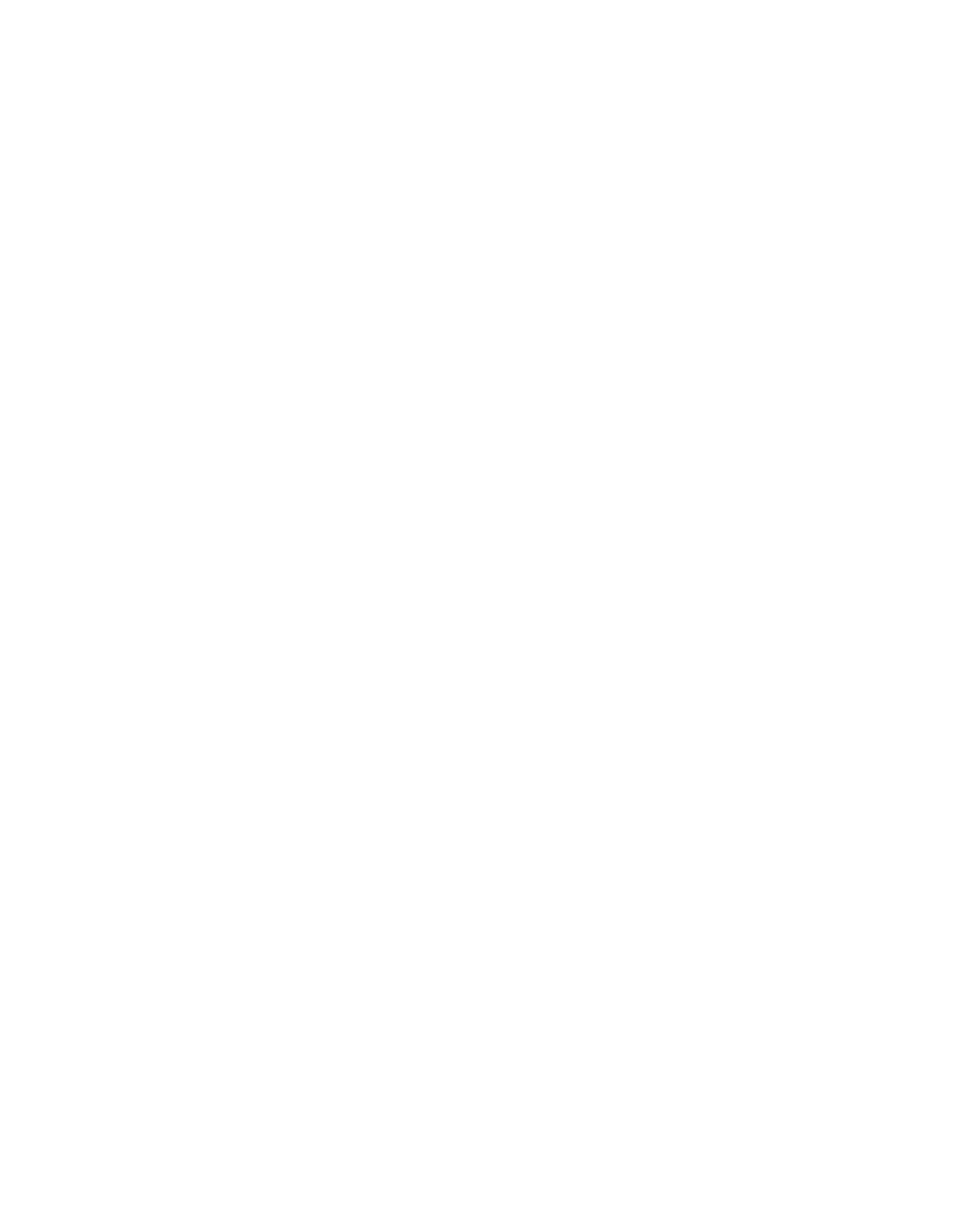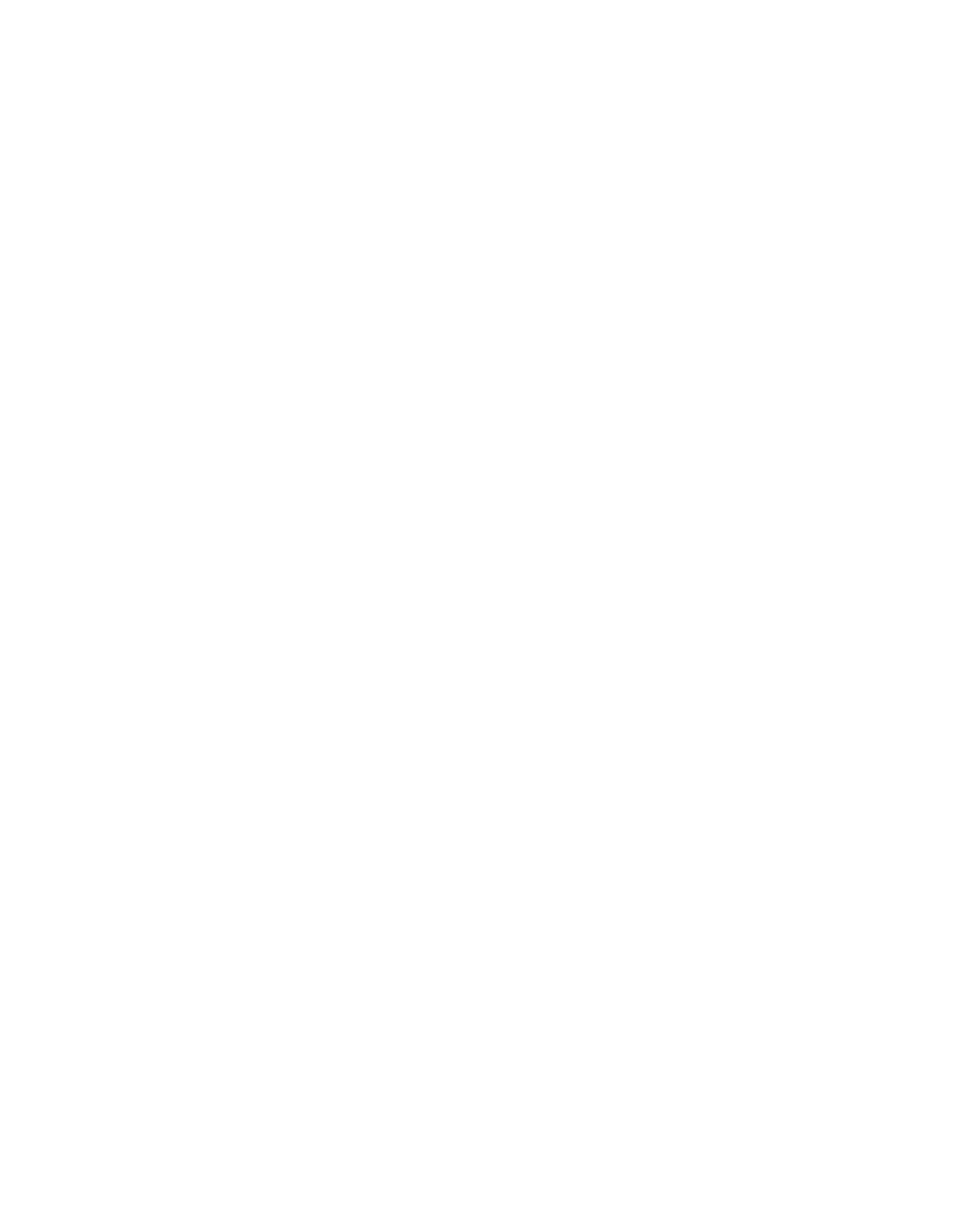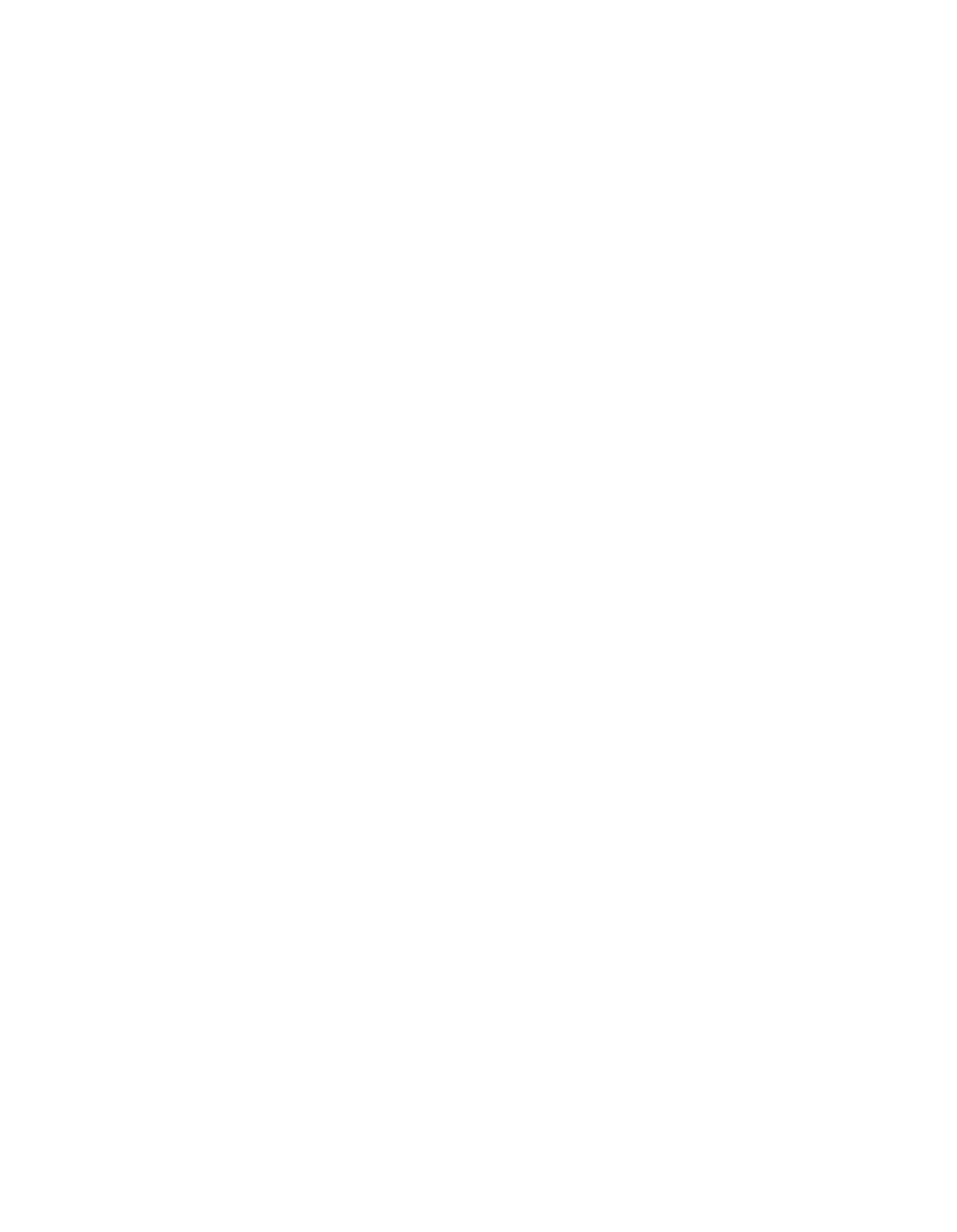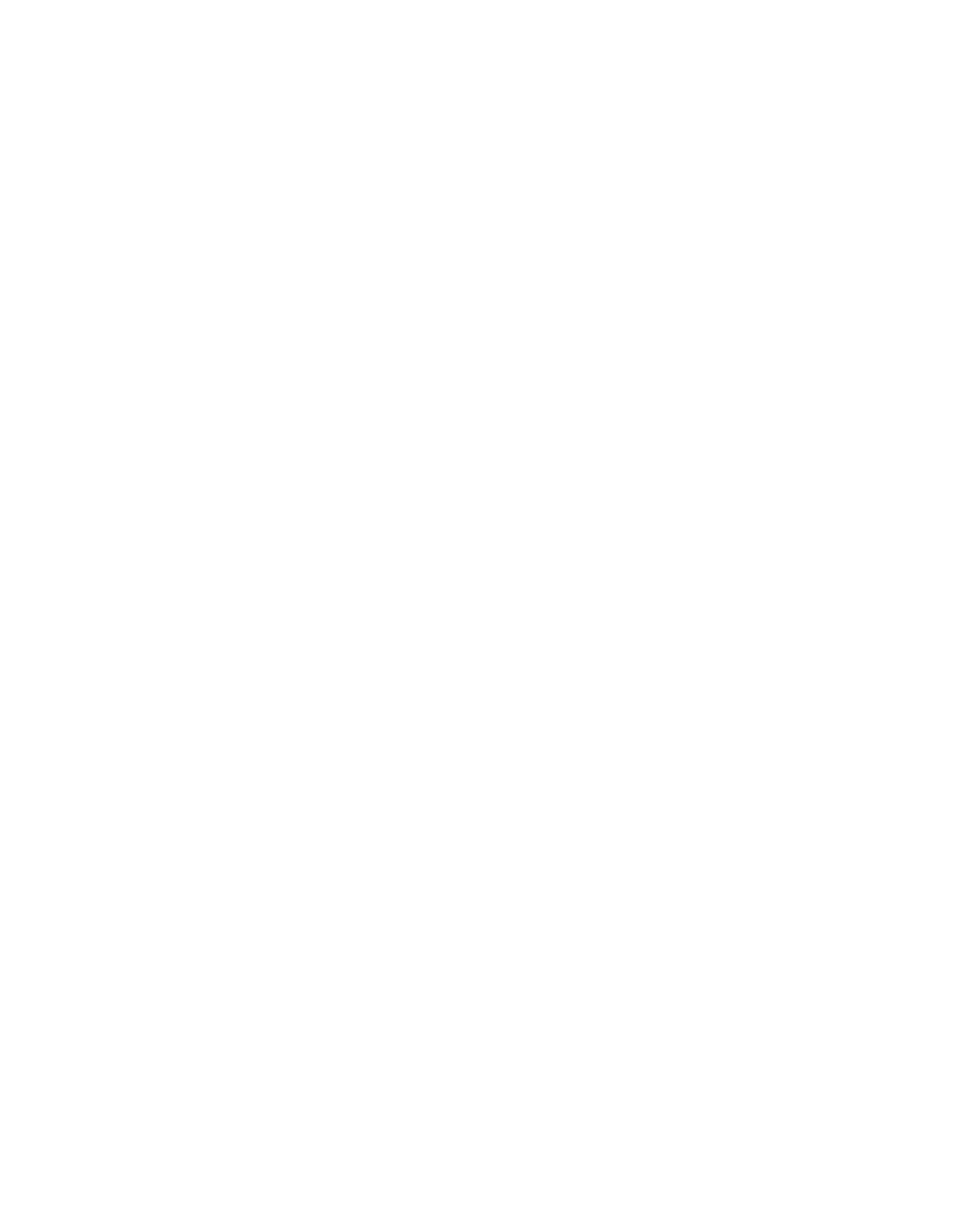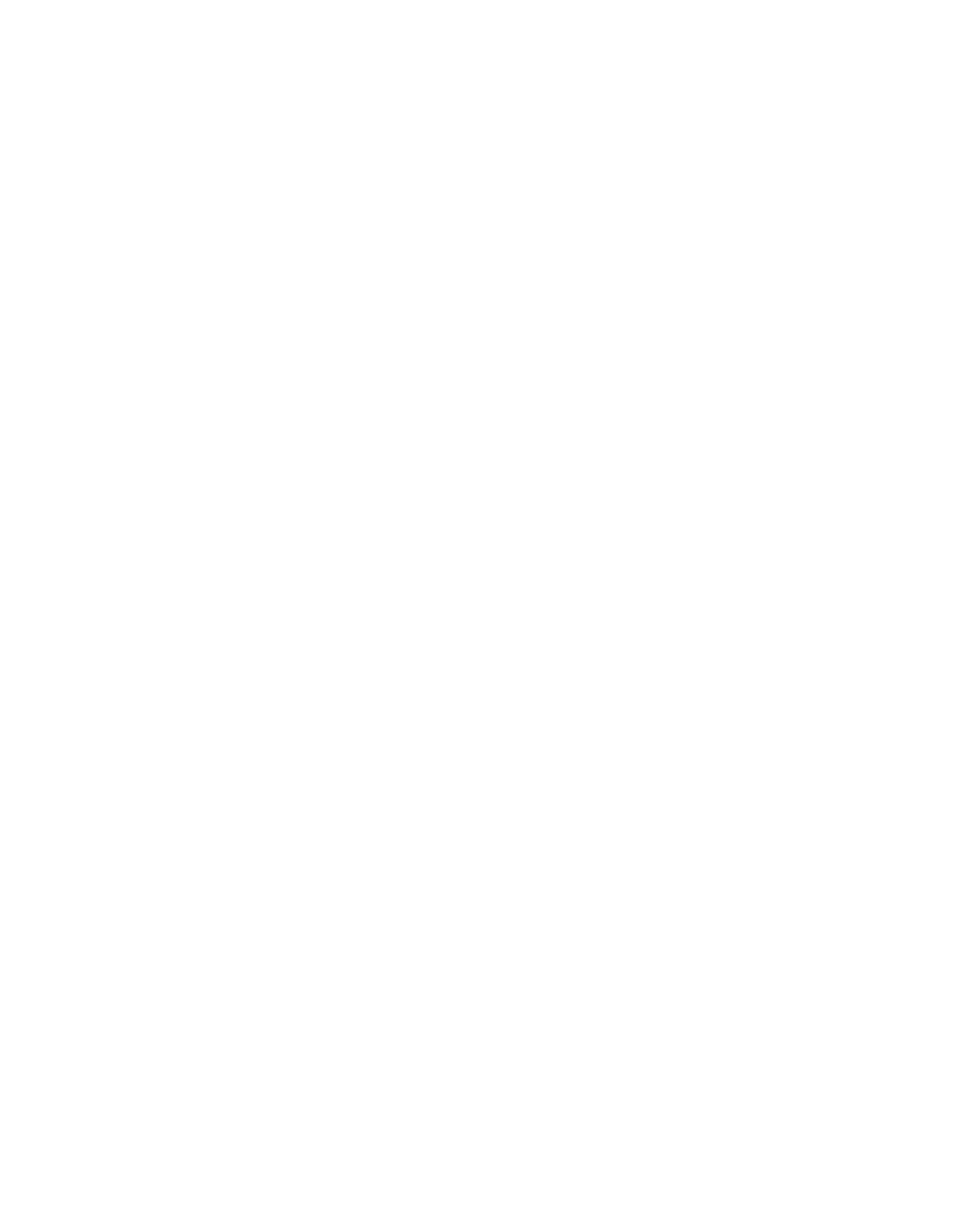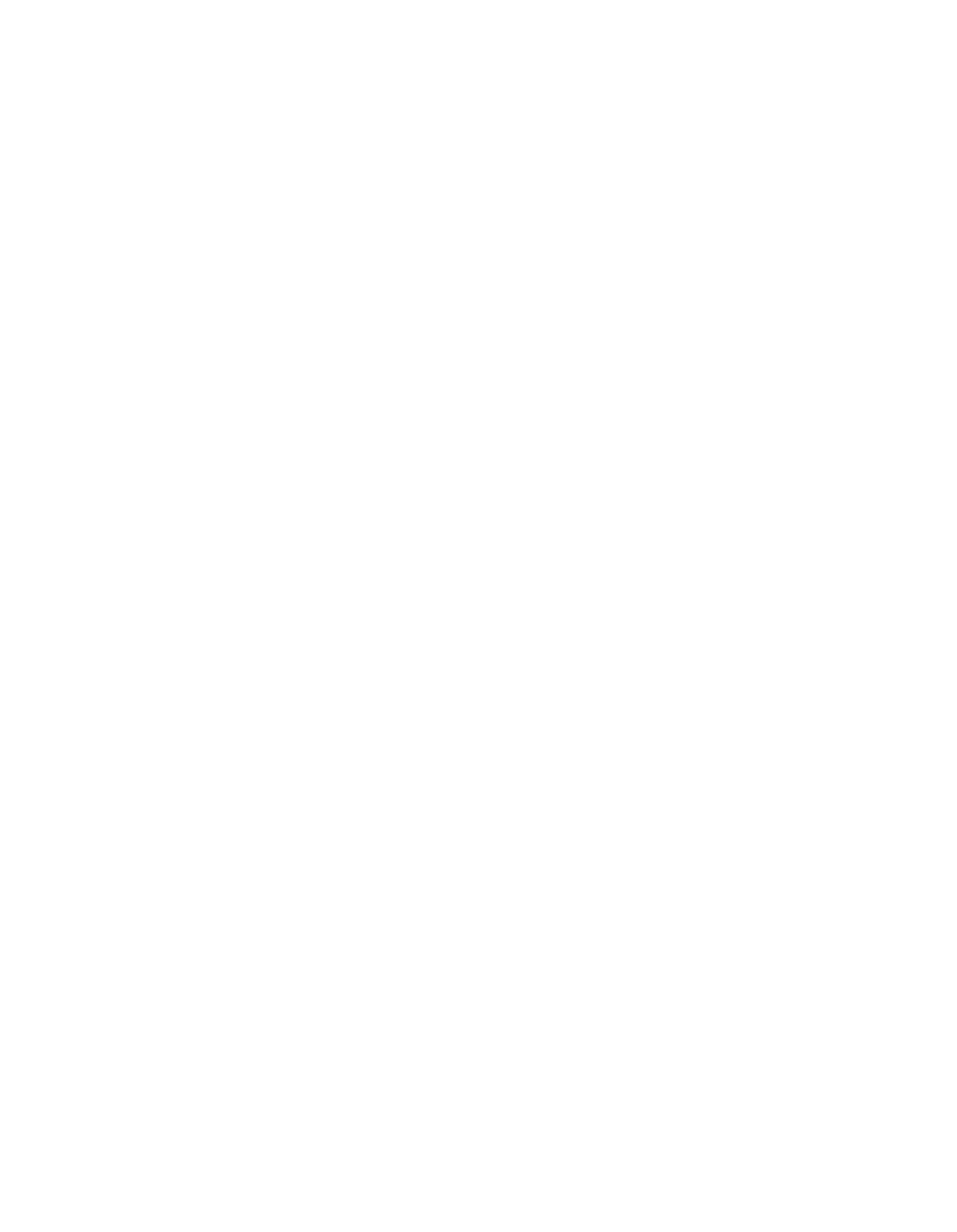ILLINOIS POLLUTION CONTROL BOARD
Nay 20,
1993
IN THE MATTER OF:
)
R93—6
UIC UPDATE,
USEPA REGULATIONS
)
(Identical
in Substance Rules)
(6—1—92 THROUGH 12—31—92)
)
Proposal for Public Comment.
PROPOSED OPINION AND ORDER OF THE BOARD
(by J. Anderson):
Pursuant to Sections 13(c)
and 22.4(a)
of the Environmental
Protection Act
(Act), the Board adopts amendments to the
Underground Injection Control
(UIC)
regulations.
Both Sections 13(c)
and 22.4(a) provide for quick adoption
of regulations which are “identical
in substance” to federal
regulations and that Title VII of the Act and Section
5 of the
Administrative Procedure Act
(APA)
shall not apply.
Because this
rulemaking
is not subject to Section 5 of the APA,
it is not
subject to first notice or to second notice review by the Joint
Committee on Administrative Rules
(JCAR).
The federal UIC
regulations are found at 40 CFR 144,
146 and 148.
This
rulemaking updates UIC rules to correspond with federal
amendments made in the period from July
1 through December 31,
1992.
The USEPA actions during this period are as follows:
Federal Action
Summary
57 Fed. Reg.
31962
(July 20,
1992)
Stay of technical amend-
ment to Third-Third rules
as they relate to newly-
listed wastes.
57 Fed.
Reg.
37194
(Aug.
18,
1992)
Land disposal restric-
tions for newly-listed
wastes.
57 Fed. Reg.
46292
(Oct.
7,
1992)
Revision of testing and
monitoring requirements.
PUBLIC COMMENTS
The Board will receive public comment on this proposal for a
period of 45 days following its publication
in the Illinois
Register.
The Board will delay filing any adopted rules with the
Secretary of State for 30 days after adoption, particularly to
allow USEPA review.
The complete text of the proposed amendments
follows the discussions of this opinion.
o~42-O68~
2
HISTORY OF RCRA,
UST and UIC ADOPTION
AGENCY OR
BOARD
ACTION?
EDITORIAL CONVENTIONS
The Board appended three routine discussions at the end of
this opinion.
The first
is a summary history of the Illinois
RCRA
and UIC programs.
It lists all actions taken to adopt and
maintain these programs since their inceptions.
It includes
a
listing of all site-specific rulemaking and adjusted standards
proceedings filed that relate to these programs.
It also lists
all USEPA program authorizations issued to date.
The second is a
discussion of how the Board codifies requirements that call
for
state determinations, such as for exemptions,
exceptions, etc.
The third discussion relates to our use of language
in the
codification of identical—in—substance rules.
We intend these as
reference aids for interested persons in the regulated community.
DISCUSSION
The three federal actions that underlie this proceeding each
have a distinct impact on the Illinois UIC regulations.
This
discussion focuses on each by subject matter and the Illinois
Section impacted.
Casing Inspection Logs-—Section 730.168(d) (4)
At 57 Fed. Reg.
46294
(Oct.
7,
1992), USEPA amended 40 CFR
146.68(d) (4), which corresponds with 35 Iii. Adm. Code
730.168(d) (4)
in the Illinois regulations.
This section sets
forth the requirements for owners or operators of Class
I
hazardous waste injection wells to test the mechanical integrity
of their wells by running casing inspection logs.
Formerly,
USEPA required these tests every five years.
The Director could
waive the requirement if factors indicated that the results
of
running the logs would prove unreliable.
As a result of
a
partial settlement of litigation,
in NRDC v. EPA,
No. 88—1657
(D.C. Cir.), USEPA amended these requirements to generally a1lo~q
the owner or operator to perform the tests as part of a routine
well workover in which the injection string is pulled.
The
federal rule allows the Director of USEPA to waive the
requirement based on the unreliability based on factors relating
to the well.
USEPA further added the condition that the Director
could waive the requirement based on consideration of
satisfactory results from a log run within the last five years.
It also allows the Director to require owner or operator to run
these logs every five years if there
is reason to believe that
the integrity of the long string casing of the well may be
adversely affected by naturally—occurring or man—made events.
The Board proposes amendments that follow the federal
amendments very closely.
We allow the Agency to require the
testing, either during routine workovers or every five
years,
by
‘
,
~
~
3
permit condition.
The Agency’s determinations are based on
consideration of the same factors as are enunciated in the
federal rule.
However,
for greater clarity, the Board has
subdivided this subsection into smaller subsections.
Subsection
(d) (1) provides for running the logs during routine workovers,
and subsection
(d) (2) provides for running them every five years.
Subsection
(d) (1)
is further subdivided into two subsections so
that the two bases for waiving the requirements stand out
distinctly.
A deviation from the federal language appears
in subsection
(d) (2).
USEPA provided that the Director could require the five-
year testing “if he has reason to believe” there were adverse
effects on the well casing.
The Board requires the Agency to
“determine that it has reason to believe” there were effects.
We
made this change because Illinois administrative law requires the
Agency to act on established standards.
See Granite City
Division of National Steel Co.
v. PCB
(Apr.
15,
1993),
No.
72850
(slip op.).
We believe that requiring the Agency to make a
formal determination that there is reason to believe will satisfy
this requirement.
We do not feel free to delete the federal
“reason to believe” language due to our experience in another
federal identical-in-substance program.
~
R91-3, SDWA Update,
PC 12—PC
15.
If the Board were to delete this language, the
Agency would only be able to require the five-year testing if it
determines that the effect had indeed occurred.
This would
render the Illinois rules less stringent than the federal
regulations.
The Board
invites public comment on its approach to Section
730
.
168 Cd)
(4)
Relaxation of Prohibition of Land Disposal of Diluted Wastes——
Section 738.101(d)
USEPA amended 40 CFR 148.1(d)
at 57 Fed. Reg.
31963
(July
20,
1992).
This corresponds with 35 Ill. Adm.
Code 738.101(d)
in
the Illinois UIC regulations.
The effect of the federal
amendment is to allow the injection of diluted wastes that no
longer exhibit any characteristic of hazardous wastes into Class
I hazardous waste injection wells.
Formerly, USEPA amended this
provision to allow the injection into Class I nonhazardous waste
injection wells.
The Board adopted the previous amendments in
docket R92—13.
In that docket we noted that the federal action
was the subject of federal litigation in Chemical Waste
Management,
Inc.
v. EPA
(1992),
976 F.2d
2
(D.C. Cir.).
We noted
that we are constrained to follow the language of the federal
regulations notwithstanding the federal litigation until USEPA
follows the court’s mandate and amends or repeals its rule.
We
added our usual Board Note indicating the federal litigation and
noting that the rule may be unenforceable as a result.
1
L~~?~-O683
4
In amending Section 738.101(d),
the Board follows the
federal amendments.
We again highlight the earlier discussion of
the federal litigation and the Board Note that mentions its
possible effect on the rule.
We feel constrained to follow the
USEPA regulatory lead in this matter.
In adapting the federal requirements to the Illinois
regulations, the Board deviates from the federal structure.
The
federal rule is divided into two paragraphs,
so that paragraph
(d) (1) relates to Class
I nonhazardous waste injection wells and
paragraph
(d) (2) relates to Class
I hazardous waste injection
wells.
In R92-l3, the Board had already divided this provision
to highlight the two elements:
(1)
Class
I nonhazardous
injection well and
(2)
exhibiting no hazardous characteristic.
Since federal paragraph
(d) (2) recites essentially the same
thing,
except that it relates only to Class
I hazardous waste
injection wells
(and reverses the order of the two elements), we
decided not to make this provision more convoluted by further
subdivision.
Subsection
(d)
combines both the hazardous and
nonhazardous waste wells so that subsection
(d) (1)
recites Class
I hazardous waste injection wells and Class
I nonhazardous waste
injection wells and subsection
(d) (2)
recites the no hazardous
characteristic requirement.
We added the “Class
I” reference for
clarity because this is the type of well defined at 35 Ill.
Adm.
Code 704.106(a)
(corresponding to 40 CFR 144.6(a)).
The Board invites public comment on our approach to Section
738.101(d).
Prohibitions on Inlection of Newly—Listed Wastes——Section 738.117
USEPA added 40 CFR 148.17 at 57 Fed. Reg.
37263
(Aug.
18,
1992).
This new provision is part of the broader rulemaking that
imposed land disposal restrictions for newly listed wastes as
part of the RCRA program.
The
RCRA
aspects of these “land-bans”
is the subject of RCPA update docket R93-4.
The federal tJIC-only
regulation
is divided into three subsections..
Subsection
(a),
listing 19 wastes,
includes a prohibition and was effective
November 9,
1992.
Subsection
(b), which lists four additional
wastes, includes a prohibition and will become effective on June
30,
1995.
Subsection
(c)
lists the typical three conditions
under which the prohibitions do not apply:
(1) the wastes meet
the 40 CFR 268, Subpart D treatment standards (corresponding to
35 Ill. Adm. Code 728.Subpart D),
(2) the wastes are the subject
of an exemption from a prohibition (corresponding with an
adjusted standard from a prohibition),
or
(3)
if an extension of
the effective date is granted pursuant to 40 CFR 148.4
(corresponding to 35
Ill. Adm. Code 738.104).
In adopting the federal requirements to the Illinois UIC
regulations, the Board has followed the federal rules nearly
exactly.
We reformatted subsections
(a)
and
(b) to list the
o~t~-QG3L~
S
wastes individually.
We further kept with our routine practice
and deleted the past effective date of subsection
(a).
The Board invites public comments on our approach to Section
738
•
117.
HISTORY OF RCRA,
UST and UIC ADOPTION
The Illinois UIC (Underground Injection Control),
RCRA
(Resource Conservation and Recovery Act)
,
and UST (Underground
Storage Tank)
regulations, together with more stringent state
regulations particularly applicable to hazardous waste,
include
the following Parts of Title
35 of the Illinois Administrative
Code:
702
RCRA
and VIC Permit Programs
703
RCRI½, Permit Program
704
UIC Permit Program
705
Procedures for Permit Issuance
709
Wastestream Authorizations
720
General
721
Identification and Listing
722
Generator Standards
723
Transporter Standards
724
Final TSD Standards
725
Interim Status TSD Standards
726
Specific Wastes and Management Facilities
728
USEPA Land Disposal Restrictions
729
Landfills:
Prohibited Wastes
730
UIC Operating Requirements
731
Underground Storage Tanks
738
Hazardous Waste Injection Restrictions
Special provisions for
RCRA
cases are included in Parts
102,
103,
104 and 106 of the Board’s procedural rules.
History of RCRA and State Hazardous Waste Rules Adoption
The Board has adopted and amended the Resource Conservation
and Recovery Act
(RCRA) hazardous waste rules
in several dockets.
Dockets R81-22 and R82-18 dockets dealt with the Phase I
RCRA
regulations.
USEPA granted Illinois Phase
I authorization on May
17,
1982,
at 47 Fed. Reg.
21043.
The Board adopted RCRA Phase
II
regulations in Parts 703 and 724 in dockets R82-19 and R83—24.
USEPA granted final authorization of the Illinois RCRA “base
program” on January
31,
1986, at 51 Fed. Reg. 3778
(January 30,
1986).
USEPA granted authorization to “Cluster
I revisions” to
the Illinois program and granted partial Hazardous and Solid
Waste Amendments
(HSWA)
(Pub.
L.
98-616,
Nov.
8,
1984)
authorization effective March
5,
1988, at 53 Fed.
Reg.
126
(January 5,
1988).
USEPA authorized certain subsequent
amendments and granted further partial HSWA authorizations
01L.2-0685
6
effective April
30,
1990,
at
55 Fed. Reg.
7320
(March
1,
1990),
and June 3,
1991,
at 56 Fed. Reg. 13595
(April
3,
1991).
USEPA
codified its approvals of the Illinois program at 40 CFR 272.700
and 272.701 on November 13,
1989,
at
54
Fed. Reg.
37649
(Sep.
12,
1989),
and on March 31,
1992,
at 57 Fed.
Reg. 3731
(Jan.
31,
1992).
The entire listing of all RCRA identical
in substance
rulemakings follows
(with the period of corresponding federal
revisions indicated in parentheses):
R81—22
45 PCB 317,
September 16,
1981
& February 4,
1982;
6 Ill. Reg.
4828, April
23,
1982,
effective May
17,
1982.
(5/19/80 through 10/1/81)
P.82—18
51 PCB
31, January 13,
1983;
7
Ill. Reg.
2518,
March
4,
1983, effective May 17,
1982.
(11/11/81
through 6/24/82)
P.82—19
53 PCB 131,
July 26,
1983,
7 Ill.
Reg.
13999,
October 28,
1983, effective October
2,
1983.
(11/23/81 through 10/29/82)
P.83—24
55 PCB 31,
December 15,
1983,
8 Ill. Reg.
200,
January
6,
1984, effective December
27,
1983.
(Corrections to P.82-19)
P.84—9
64 PCB 427
& 521, June 13
& 27,
1985;
9 Iii. Reg.
11964, August
2,
1985,
effective July
8
& 24,
1985.
(1/19/83 through 4/24/84)
P.85-22
67 PCB 175,
479, December 20,
1985 and January
9,
1986;
10 Ill. Reg.
968, January
17,
1986,
effective January
2,
1986.
(4/25/84 through
6/30/85)
P.86—i
71 PCB 110, July 11,
1986;
10 Ill. Reg.
13998,
August 22,
1986, effective August
12,
1986.
(7/1/85 through
1/31/86)
P.86—19
73 PCB 467, October 23,
1986;
10 Ill.
Reg.
20630,
December 12,
1986, effective December
2,
1986.
(2/1/86 through 3/31/86)
P.86—28
75 PCB 306, February 5,
1987; and 76 PCB 195,
March
5,
1987;
11 Ill. Reg.
6017, April
3,
1987,
effective March 23,
1987.
Correction at 77
PCB
235,
April
16,
1987;
11 Ill.
Reg.
8684, May 1,
1987,
effective April
21,
1987.
(4/1/86 through
6/30/86)
P.86—46
79 PCB 676, July 16,
1987;
11 Ill. Reg.
13435,
August 14,
1987, effective August
4,
1987.
(7/1/86 through 9/30/86)
01
.2-0666
7
P.87—5
82 PCB 391, October
15,
1987;
11 Ill.
Reg.
19280,
November 30,
1987,
effective November
10
& 12,
1987.
(10/1/86 through 12/31/86)
P.87—26
84 PCB 491, December
3,
1987;
12 Ill.
Reg.
2450,
January 29,
1988, effective January
15,
1988.
(1/1/87 through 6/30/87)
P.87—32
Correction to R86-1;
81 PCB 163, September 4,
1987;
11 Ill.
Reg.
16698,
October 16,
1987,
effective September 30,
1987.
R87—39
90 PCB 267, June 16,
1988;
12 Ill. Reg.
12999,
August 12,
1988, effective July 29,
1988.
(7/1/87
through 12/31/87)
R88—16
93 PCB 513, November 17,
1988;
13 Ill. Reg. 447,
January 13,
1989, effective December 28,
1988.
(1/1/88 through 7/31/88)
P.89—1
103 PCB 179, September 13,
1989;
13 Ill. Reg.
18278, November 27,
1989, effective November 13,
1989.
(8/1/88 through 12/31/88)
R89—9
109 PCB 343, March
8,
1990;
14 Iii. Reg.
6225,
April
27,
1990, effective April 16,
1990.
(1/1/89
through 6/30/89)
R90—2
113 PCB 131, July
3,
1990;
14 Ill. Reg.
14401,
September 7,
1990, effective August 22,
1990.
(7/1/89 through 12/31/89)
P.90—il
121 PCB 97, April ii,
1991; corrected at 122 PCB
305, May 23,
1991; corrected at 125 PCB 117,
August
8,
1991; uncorrected at 125 PCB 435, August
22,
1991;
15 Ill. Reg.
9323, effective June 17,
1991.
(Third Third Land Disposal Restrictions)
(4/1/90 through 6/30/90)
R90-17
Delisting Procedures
(See below)
R91—i
125 PCB 119, August 8,
1991;
15 Ill. Reg.
14446,
effective September 30,
1991.
(Wood Preserving
Rules)
(7/1/90 through 12/30/90)
R91—l3
132 PCB 263, April
9,
1992;
16 Ill. Reg.
9489,
effective June 9,
1992.
(Boilers and Industrial
Furnaces (BIFs)
Rules)
(1/1/91 through 6/30/91)
P.91—26
129 PCB 235, January
9,
1992;
16 111. Reg.
2600,
effective February
3,
1992.
(Wood Preserving
Rules Compliance Dates)
01 t~.2-O637
8
P.92—i
September
17,
1992;
16 Ill. Peg.
17636, effective
November
6,
1992.
(7/1/91 through 12/31/91)
R92—10
January 21,
1993;
17
Ill. Peg.
5625,
effective
March 26,
1993.
(Leak Detection Systems
(LDS)
Rules)
(1/1/92 through 6/30/92)
P.93-4
Next RCRA Docket.
(7/1/92 through 12/31/92)
On September
6,
1984, the Third District Appellate Court
upheld the Board’s actions in adopting R82-l9 and R83—24.
(Commonwealth Edison Co.
v.
PCB,
127 Ill.
App.
3d 446; 468 N.E.2d
1339
(3d Dist.
1984).)
The Board added to the federal listings of hazardous waste
by listing dioxins pursuant to Section 22.4(d)
of the Act:
R84—34
61
PCB
247, November 21,
1984;
8 Ill. Reg.
24562,
December 21,
1984,
effective December 11,
1984.
This was repealed by P.85—22,
which included adoption of
USEPA’s dioxin listings.
Section 22.4(d)
was repealed by P.A.
85—1048, effective January
1,
1989.
The Board has adopted USEPA delistings at the request of
Amoco and Envirite (the date of the corresponding federal action
is included in parentheses):
P.85—2
69 PCB 314, April
24,
1986;
10 Ill. Reg.
8112, May
16,
1986,
effective May
2,
1986.
(9/13/85)
P.87—30
90 PCB 665, June 30, 1988;
12
Ill.
Reg.
12070,
July 22,
1988,
effective July 12,
1988.
(11/14/86)
P.91—12
128 PCB 369, December 19,
1991;
16 Ill. Reg.
2155,
effective January 27,
1992.
(USX)
Subsequently, upon the April
30,
1990 federal authorization
of Illinois
granting waste delistings, USEPA transferred pending
delisting petitions to the Board.
The Board docketed these as
site-specific rulemaking proceedings
(the name of the petitioner
waste generator appears
in parentheses):
R90—18
Dimissed at 123 PCB 65, June
6,
1991.
(USX Corp,
South Works)
P.90—19
Dismissed at 116 PCB 199, November
8,
1990.
(Woodward Governor Co.)
P.90—23
Dismissed at
124 PCB 149, July 11,
1991.
(Keystone Steel
& Wire Co.)
OJL~.2-0688
9
The Board has modified the delisting procedures to allow the
use of adjusted standards
in lieu of site—specific rulemakings:
P.90—17
119 PCB 181, February 28,
1991;
15 Iii. Reg.
7934,
effective May 9,
1991.
Waste generators have filed Part 106 adjusted standards
petitions for solid waste determinations with the Board pursuant
to Section
720.130
(generator name in parentheses):
AS89—4
Dismissed at 105 PCB 269, November
15,
1989.
(Safety—Kieen Corp.)
AS89—5
Dismissed at
113 PCB 111, July
3,
1990.
(Safety—
Kleen Corp.)
AS9O—7
Dismissed at
124 PCB 125, July
11,
1991.
(Quantum
Chemical Co.)
The Board has granted hazardous waste delistings by
way of
adjusted standards
(generator name in parentheses):
AS91-1
130 PCB 113, February
6,
1992.
(Keystone Steel
and Wire Co.)
AS91—3
February 4,
1993;
opinion issued March
11,
1993.
(Peoria Disposal Co.)
The Board has procedures to
be followed
in cases before it
involving the
RCRA
regulations:
P.84—10
62 PCB 87,
349,
December 20,
1984 and January 10,
1985;
9 111.
Reg.
1383,
effective January 16,
1985.
The Board also adopted special procedures to be followed in
certain determinations under Part 106.
The Board adopted these
Part 106 special procedures
in P.85—22
and amended them in P.86—46,
listed above.
One Part
106 adjusted standard proceeding filed pursuant to
728.106 sought relief from a prohibition against land disposal
(petitioner’s name in parentheses):
AS9O-6
Dismissed September
17,
1992.
(Marathon Petroleum
Co.)
Other adjusted standard proceedings sought delayed closure
of land disposal units
(petitioners’ names in parentheses):
AS9O-8
130 PCB 349, February 27,
1992.
(Olin Corp.)
01
L~2-0689
AS91—4
131 PCB 43, March 11,
1992.
(Amoco Oil Co.)
Still
another adjusted standard proceeding relates to
substantive physical requirements of the RCRA regulations:
AS91—10
Presently pending.
(Cabot Corp.)
In another regulatory proceeding, the Board has considered
granting temporary relief from the termination of an exclusion of
a hazardous waste listing in the form of an emergency rule
(Petitioner’s name in parentheses):
R91—11
Presently pending.
(Big River Zinc Corp.)
The Board has also adopted requirements limiting and
restricting the landfiiling of liquid hazardous wastes, hazardous
wastes containing halogenated compounds,
and hazardous wastes
generally:
P.81—25
60 PCB 381,
October
25,
1984;
8 Ill.
P.eg.
24124,
December 14,
1984,
effective December
4,
1984.
R83—28
68 PCB 295,
February 26,
1986;
10 Ill. Reg. 4875,
March 21,
1986,
effective March
7,
1986.
P.86—9
Emergency regulations adopted at 73 PCB 427,
October 23,
1986;
10 Ill.
P.eg.
19787, November 21,
1986, effective November 5,
1986.
The Board’s action in adopting emergency regulations in
P.86-
9 was reversed by the First District Court of Appeals.
(Citizens
for a Better Environment v.
PCB,
152 Ill.
App.
3d 105,
504 N.E.2d
166
(1st Dist.
1987).)
History of UIC Rules AdoptIon
The Board has adopted and amended Underground Injection
Control
(UIC)
regulations in several dockets to correspond with
the federal regulations.
One such docket,
P.82-18, was a RCRA
docket.
USEPA authorized the Illinois UIC program on February 1,
1984,
at
49
Fed.
Reg.
3991.
The entire listing of all UIC
rulemakings follows
(with the period of corresponding federal
revisions indicated in parentheses):
P.81—32
47 PCB 93, May 13,
1982;
6 Ill. Reg.
12479,
October
15,
1982,
effective February 1,
1984.
(7/7/8.
through 11/23/81)
P.82—18
51 PCB 31, January 13,
1983;
7
Ill. Reg.
2518,
March
4,
1983, effective May 17,
1982.
(11/11/81
through 6/24/82)
I
~‘i
U
~
~:
U
o
11
R83—39
55 PCB 319, December
15,
1983;
7 Ill.
Reg.
17338,
December 20,
1983,
effective December 19,
1983.
(4/1/83)
R85—23
70 PCB 311
& 71 PCB 108, June 20
& July 11,
1986;
10
Ill.
Reg.
13274, August
8,
1986,
effective July
28
&
29,
1986.
(5/11/84 through 11/15/84)
P.86—27
Dismissed at 77
PCB
234, April
16,
1987.
(No
USEPA amendments through 12/31/86).
P.87—29
85
PCB
307, January 21,
1988;
12 Ill.
Reg.
6673,
April
8,
1988,
effective March 28,
1988.
(1/1/87
through 6/30/87)
P.88—2
90 PCB 679, June 30,
1988;
12 Ill. Reg.
13700,
August 26,
1988,
effective August
16,
1988.
(7/1/87 through 12/31/87)
P.88—17
94 PCB 227, December 15,
1988;
13 Ill. Reg.
478,
January 13,
1989,
effective December 30,
1988.
(1/1/88 through 6/30/88)
P.89—2
107 PCB 369, January 25,
1990;
14 Ill. Beg.
3059,
March
2,
1990,
effective February 20,
1990.
(7/1/88 through 12/31/88)
R89—ll
lii PCB 489, May 24,
1990;
14 Ill.
Beg.
11948,
July 20,
1990,
effective July 9,
1990.
(1/1/89
through 11/30/89)
P.90—S
Dismissed at 109 PCB 627, March 22,
1990.
(No
USEPA amendments 12/1/89 through 12/31/89)
P.90—14
122 PCB 335, May 23,
1991;
15 Ill.
Beg.
11425,
effective July 24,
1991.
(1/1/90 through 6/30/90)
P.91—4
Dismissed at
119 PCB
219, February 28,
1991.
(No
tJSEPA amendments 9/1/90 through 12/31/90)
P.91—16
Dismissed at
128 PCB
229, December
6,
1991.
(No
USEPA amendments 1/1/90 through 6/30/91)
P.92—4
Dismissed at 133 PCB 107, April
9,
1992.
(No
USEPA amendments 7/1/91 through 12/31/91)
P.92—13
February
4,
1993;
17 Ill.
Reg.
6190,
effective
April
5,
1993.
(1/1/92 through 6/30/92)
R93—6
This Docket.
(7/1/92 through 12/31/92)
0
~2-O69I
12
In one proceeding filed,
a petitioner seeks an adjusted
standard from a UIC land disposal restriction, pursuant to the
procedures oulined above with respect to the RCRA program
(petitioner name in parentheses):
P.92-S
Presently pending.
(Cabot Corp.)
AGENCY OR BOARD ACTION?
Section 7..2(a)(5)
of the Act requires the Board to specify
which decisions USEPA will retain.
In addition, the Board is to
specify which State agency is to make decisions,
based on the
general division of functions within the Act and other Illinois
statutes.
In situations in which the Board has determined that USEPA
will retain decision-making authority, the Board has replaced
“Regional Administrator” with USEPA,
so as to avoid specifying
which office within USEPA is to make a decision.
In a few instances in identical in substance rules,
decisions are not appropriate for Agency action pursuant to a
permit application.
Among the considerations
in determining the
general division of authority between the Agency and the Board
are:
1.
Is the person making the decision applying a Board
regulation,
or taking action contrary to
(“waiving”)
a Board
regulation?
It generally takes some form of Board action to
“waive”
a Board regulation.
2.
Is there
a clear standard for action such that the
Board can give meaningful review to an Agency decision?
3.
Does the action result in exemption from the permit
requirement itself?
If so, Board action is generally
required.
4.
Does the decision amount to “determining, defining or
implementing environmental control standards” within the
meaning of Section 5(b)
of the Act.
If so,
it must be made
by the Board.
There are four common classes of Board decision:
variance,
adjusted standard, site specific rulemaking, and enforcement.
The first three are methods by which a regulation can be
temporarily postponed
(variance)
or adjusted to meet specific
situations (adjusted standard or site specific rulemaking).
Note
that there often are differences in the nomenclature for these
decisions between the USEPA and Board regulations.
0
L~.2-O692
13
EDITORIAL
CONVENTIONS
As
a final note,
the federal rules have been edited to
establish a uniform usage throughout the Board’s regulations.
For
example,
with
respect
to
“shall”,
“will”,
and
“may”
-
“shall”
is
used
when
the
subject
of
a
sentence
has to do something.
“Must”
is used when someone has to do something,
but that someone
is not the subject of the sentence.
“Will” is used when the
Board obliges itself to do something.
“May”
is used when choice
of a provision is optional.
“Or”
is used rather than “and/or”,
and denotes
“one or both”.
“Either”.
.
.
“or” denotes “one but not
both”.
“And”
denotes
“both”.
ORDER
The
Board
hereby
proposes
the
following
amendments to the
Illinois
UIC
regulations
at
Sections
730.168,
738.101,
and
738.117.
TITLE
35:
ENVIRONMENTAL
PROTECTION
SUBTITLE
G:
WASTE
DISPOSAL
CHAPTER
I:
POLLUTION
CONTROL
BOARD
SUBCHAPTER
d:
UNDERGROUND
INJECTION
CONTROL
AND
UNDERGROUND
STORAGE
TANK
PROGRAMS
PART
730
UNDERGROUND INJECTION CONTROL OPERATING REQUIREMENTS
SUBPART A:
GENERAL
Section
730.101
730.102
730.103
730.
104
730.105
730.106
730.107
730.108
730.109
730.110
Section
730.111
730.112
730.113
730.114
Section
Applicability,
Scope and Effective Date
Laws Authorizing Regulations
Definitions
Criteria for Exempted Aquifers
Classification of Injection Wells
Area of Review
Corrective Action
Mechanical Integrity
Criteria for Establishing Permitting Priorities
Plugging and Abandoning Class I and III Wells
SUBPART
B:
CRITERIA
AND
STANDARDS APPLICABLE
TO CLASS
I NON-HAZARDOUS WELLS
Applicability
Construction Requirements
Operating, Monitoring and Reporting Requirements
Information to be Considered by Agency
SUBPART
C:
CRITERIA
AND STANDARDS
APPLICABLE
TO
CLASS
II
WELLS
‘)
n
‘•—
r~
-
U
0
Y
14
730.121
Adoption of Criteria and Standards Applicable to Class
II Wells by the Illinois Department of Mines and
Minerals
Section
730.131
730.132
730.133
730.
134
Section
730.151
730.152
SUBPART D:
CRITERIA
AND
STANDARDS APPLICABLE
TO
CLASS
III
WELLS
Applicability
Construction
Requirements
Operating, Monitoring and Reporting Requirements
Information
to
be
Considered
by
the
Agency
SUBPART
F:
CRITERIA
AND
STANDARDS
APPLICABLE
TO
CLASS
V
INJECTION
WELLS
Applicability
Inventory
and
Assessment
SUBPART
G:
CRITERIA
AND
STANDARDS
APPLICABLE’
TO
CLASS
I
HAZARDOUS
WELLS
Section
730.
161
730. 162
730. 163
730. 164
730. 165
730. 166
730.167
730.168
730. 169
730.170
730.171
730.172
730.173
Applicability
and
Definitions
Minimum Criteria for Siting
Area of Review
Correction Action for Wells
in the Area
of Review
Construction P.equirements
Logging,
Sampling and Testing Prior to New Well
Operation
Operating Requirements
Testing and Monitoring Requirements
Reporting Requirements
Information to be Evaluated by the Director
Closure
Post—Closure Care
Financial Responsibility for Post-Closure Care
AUTHORITY:
Implementing Sections 13 and 22.4 and authorized by
Section 27 of the Environmental Protection Act (Ill.
Rev.
Stat.
1987 and 1988 Supp.
ch.
111 1/2, pars.
1013,
1022.4 and 1027).
SOURCE:
Adopted in R81—32,
47 PCB 93,
at 6
Ill. Reg.
12,479,
effective as, noted in 35 Ill.
Adin.
Code 700.106; amended in P.82—
19,
53 PCB 131 at
7
Ill.
Beg.
14426 effective as noted in 35 Ill.
Adm.
Code 700.106; recodified at 10 Ill.
Reg.
14174; amended in
R89—2
at
14
Ill. Beg.
3130, effective February 20,
1990; amended
in P.89—il at
14
Ill.
Reg.
,
effective
-
u b
9 ~
15
SUBPART
G:
CRITERIA
AND
STANDARDS APPLICABLE TO CLASS
I
HAZARDOUS WELLS
Section
730.168
Testing
and
Monitoring
Requirements
Testing
and
monitoring
requirements
shall
at
a
minimum
include:
a)
Monitoring
of
the
injected
wastes.
1)
The owner or operator shall develop and follow an
approved written waste analysis plan that
describes the procedures to be carried out to
obtain
a detailed chemical and physical analysis
of a representative sample of the waste,
including
the quality assurance procedures used.
At a
minimum,
the plan shall specify:
A)
The parameters for which the waste will be
analyzed and the rationale for the selection
of these parameters;
B)
The test methods that will be used to test
for these parameters;
and
C)
The sampling method that will be used to
obtain a representative sample of the waste
to be analyzed.
2)
The owner or operator shall repeat the analysis of
the injected wastes as described in the waste
analysis plan at frequencies specified in the
waste analysis plan and when process or operating
changes occur that may significantly alter the
characteristics of the waste stream.
3)
The
owner
or
operator
shall
conduct
continuous
or
periodic
monitoring
of
selected
parameters
as
required
by
permit condition.
4)
The owner or operator shall assure that the plan
remains accurate and the analyses remain
representative.
b)
Hydrogeologic compatibility determination.
The owner
or operator shall submit information demonstrating that
the wastestream and its anticipated reaction products
will not alter the permeability, thickness or other
relevant characteristics of the confining or injection
zones such that they would no longer meet the
requirements specified in Section 730.162.
c)
Compatibility of well materials.
-
.
,
t~
(
I
o
L~-’Jb95
16
1)
The owner or operator shall demonstrate that the
waste
stream
will
be
compatible
with
the
well
materials
with
which
the waste is expected to come
into
contact,
and
submit
to
the
Agency a
description
of
the
methodology
used
to
make
that
determination.
Compatibility
for the purposes of
this
requirement
is
established
if contact with
injected fluids will not cause the well materials
to fail to satisfy any design requirement imposed
under Section 730.165(b).
2)
The Agency shall require continuous corrosion
monitoring
of the construction materials used in
the well for wells injecting corrosive waste, and
may require such monitoring for other wastes,
by:
A)
Placing coupons of the well construction
materials
in contact with the waste stream;
or
B)
Routing
the
waste
stream
through
a
loop
constructed with the material used in the
well;
or
C)
Using an alternative method approved by
permit condition.
3)
If a corrosion monitoring program is required:
A)
The test must use materials identical to
those used in the construction of the well,
and such materials must be continuously
exposed to the operating pressures and
temperatures
(measured at the well head)
and
flow rates of the injection operation; and
B)
The owner or operator shall monitor the
materials for loss of mass,
thickness,
cracking, pitting and other signs of
corrosion on a quarterly basis to ensure that
the well components meet the minimum
standards for material strength and
performance set forth in Section 730.165(b).
d)
Periodic mechanical integrity testing.
In fulfilling
the requirements of Section 730.108, the owner or
operator of
a Class
I hazardous waste injection well
shall conduct the mechanical integrity testing as
follows:
1)
The long string casing, injection tube,
and
annular seal must be tested by means of an
4
I
!I
.“
—
L
17
approved pressure test with a liquid or gas
annually
and
whenever
there
has
been
a
well
workover;
2)
The
bottom—hole
cement
must
be
tested by means of
an
approved
radioactive
tracer
survey
annually;
3)
An
approved
temperature,
noise,
or
other
approved
log
must
be
run
at
least once every five years to
test
for
movement of fluid along the borehole.
The Agency may require such tests whenever the
well
is
worked
over;
4)
Running
casing
inspection
logs.
~j
Casing
inspection
logs
must
be
run
at
lca~t
once
cvcry
five
ycarswhenever
the
owner
or
operator
conducts
a
workover
in
which
the
inlection
string
is
pulled,
unless
the
Agency
by
permit zpccificsallows otherwise~
jj~.
due to well construction or other
factors whichthat limit the test’s
reliability,
or
£jJ.
based on the satisfactory results of
a
casing
inspection
log run within the
previous
five
years.
.~J
The
Agency
may
reciuire
by
permit that the
owner or operator run a casing inspection log
if
it determines that it has reason to
believe that the integrity of the long string
casing of the well may be adversely affected
by naturally—occurring or man—made events
and
5)
Any
other
test
specified
by permit condition in
accordance
with
the
procedures
in
Section
730.108(d)
may also be used.
e)
Ambient Monitoring.
1)
Based on a site—specific assessment of the
potential for fluid movement from the well or
injection zone,
and on the potential value of
monitoring wells to detect such movement, the
Agency shall require the owner or operator to
develop a monitoring program.
At a minimum, the
Agency shall require monitoring of the pressure
buildup in the injection zone annually,
including
at a minimum,
a shut down of the well for a time
18
sufficient to conduct a valid observation of the
pressure fall—off curve.
2)
When prescribing
a monitoring system the Agency
may also require:
A)
Continuous monitoring for pressure changes in
the first aquifer overlying the confining
zone.
When such a well
is installed, the
owner or operator shall,
on a quarterly
basis,
sample the aquifer and analyze for
constituents specified by permit condition;
B)
The use of indirect, geophysical techniques
to determine the position of the waste front,
the water quality in a formation designated
by permit condition,
or to provide other
site-specific data;
C)
Periodic monitoring of the groundwater
quality
in the first aquifer overlying the
injection zone;
D)
Periodic monitoring of the ground water
quality in the lowermost USDW;
E)
Any additional monitoring necessary to
determine whether fluids are moving into or
between USDW5; and
F)
The Agency may require seismicity monitoring
when it has reason to believe that the
injection activity may have the capacity to
cause seismic disturbances.
BOARD NOTE: Derived from 40 CFR 146.68
(1992),
as ad~~dedat
532~.Fed. Reg.
2815146294,
July 26October
7, l9&&~.
(Source:
Amended at 17 Ill. Beg.
_________,
effective
___________,
1993)
OR2-0~98
19
TITLE
35:
ENVIRONMENTAL
PROTECTION
SUBTITLE
G:
WASTE
DISPOSAL
CHAPTER
I:
POLLUTION
CONTROL
BOARD
SUBCHAPTER
d:
UNDERGROUND
INJECTION
CONTROL
AND
UNDERGROUND
STORAGE
TANK
PROGRAMS
PART
738
HAZARDOUS
WASTE
INJECTION
RESTRICTIONS
SUBPART
A:
GENERAL
Section
738.101
738. 102
738.103
738.104
738.105
Purpose Scope and Applicability
Definitions
Dilution Prohibited as a Substitute for Treatment
Case—by—Case Extensions of an Effective Date
Waste Analysis
SUBPART
B:
PROHIBITIONS ON INJECTION
Section
738. 110
738.111
738.
112
738.114
738.
115
738.
116
148.
117
Waste Specific
Waste Specific
Waste Specific
Waste Specific
Waste Specific
Waste Specific
W~st~-Soec~i
fIc
Prohibitions
Prohibitions
Prohibitions
Prohibitions
Prohibitions
Prohibitions
Prohib~itions
-
Solvent
Wastes
-
Dioxin-Containing Wastes
-
California List Wastes
-
First Third Wastes
-
Second Third Wastes
-
Third Third Wastes
-
Newly-Listed Wastes
SUBPART
C:
PETITION
STANDARDS
AND
PROCEDURES
Section
738.120
738.
121
738.122
738.123
738.124
Petitions to Allow Injection of a Prohibited Waste
Required Information to Support Petitions
Submission, Review and Approval or Denial of Petitions
Review of Adjusted Standards
Termination of Adjusted Standards
AUTHORITY:
Implementing Section 13 and 22.4 and authorized by
Section 27 of the Environmental Protection Act
(Ill.
Rev.
Stat.
1991,
ch. ill 1/2, pars.
1013,
1022.4 and 1027)
415
ILCS 5/13,
22.4 and 27.
SOURCE:
Adopted in R89—2
at
14 Ill. Beg.
3059, effective
February 20,
1990; amended in R89-11 at 14 Ill. Reg.
11948,
effective July 9,
1990; amended in P.90—14 at
15 Ill. Reg.
11425,
effective July 24,
1991; amended in R92—l3 at
17 Ill. Beg.
6190,
effective April
5,
1993;
amended in R93—6 at 17
Ill.
Beg.
_________
effective
.
1993.
01
L~.2-0599
20
SUBPART
A:
GENERAL
Section 738.101
Purpose Scope and Applicability
a)
This
Part
identifies hazardous wastes that are
restricted from disposal into Class
I
hazardous
waste
injection
wells
and
defines
those
circumstances
under
which
a
waste,
otherwise
prohibited
from
injection,
may
be
injected.
b)
The
requirements
of
this
Part
apply
to
owners or
operators of Class
I hazardous waste injection wells
used to inject hazardous waste.
c)
Wastes otherwise prohibited from injection may continue
to be injected:
1)
If an extension from the effective date of
a
prohibition has been granted pursuant to Section
738.104; or
2)
If an adjusted standard has been granted in
response to a petition filed under Section
738.120; or
3)
If the waste is generated by a conditionally
exempt small quantity generator,
as defined in 35
Ill. Adm. Code 721.105.
d)
Wastes that are hazardous only because they exhibit a
hazardous characteristic,
and which are otherwise
prohibited from injection under this Part,
are not
prohibited
from
injection
if
the
wastes:
1)
Are disposed into a Class
I
nonhazardous
waste
injection
well
or
Class
I
hazardous
waste
injection
well,
as
such are defined under 35
Ill.
Adm. Code 730.106(a);
and
2)
Do not exhibit any prohibited characteristic of
hazardous waste identified in 35 Ill. Adm. Code
72l.Subpart C at the point of injection.
BOARD NOTE:
The exemption for injection of
diluted hazardous waste in this subsection ~swas
the subject of pending litigation in Chemical
Waste Management et al.
v.
USEPA,
976 F.2d
2
(D.C.
Cir.
1992)
(USEPA reversed significant in Dart)T
decided Ccptcmbcr 25,
1092,
in the
U.S.
Court of
Appcalo for the District of Columbia.
This
litigation may result in the repeal or
modification of 40 CFR 148.1(d), from which this
01
L~2-07O0
21
subsection is derived.
The Board views any
federal
court
decision
on
the
effectiveness
or
enforceability
of
the
USEPA
rule
as
binding
on
this
subsection.
BOARD
NOTE:
Derived
from
40
CFR
148.1
(199~Z),
as
amended
at
57
Fed.
Reg.
808331963
(July
20,
March
47—1992j.
(Source:
Amended
at
17
Ill.
Beg.
_________,
effective
1993)
SUBPART
B:
PROHIBITIONS
ON
INJECTION
Section
148.117
Waste-Specific Prohibitions
-
Newly-Listed
Wastes
~j
The
wastes
specified
in
35
Ill.
Adm.
Code
721.Subpart
D
by
the
following
EPA
Hazardous
Waste
numbers
are
prohibited
from
underground
injection:
F037
F038
K107
1108
1109
1110
Kill
K112
K117
Ki18
K123
K124
K125
1126
K131
1136
U328
U353
U359
j~j
Effective June 30,
1995, the wastes specified in
35
Ill._Adm.
Code 721.Subpart D by the following EPA
Hazardous Waste numbers are prohibited from underground
injection:
1117
1118
1131
1132
1 L~.2-070
22
~j
The requirements of subsections
(a)
and
(b)
above do
not
apply:
fl
If
the
wastes
meet
or
are treated to meet the
applicable
standards
specified in
35
Ill.
Adm.
Code
728.Subpart
D;
or
21
If
an
adjusted
standard
has
been
granted
in
response
to
a
petition
under
Subpart
C
of
this
Part;
or
~j
During
the
period
of
extension of the applicable
effective date,
if an extension is granted under
Section 738.104.
BOARD NOTE:
Derived from 40 CFR 148.17, as added
at
57
Fed.
Req.
37263
(Aug.
18,
1993).
(Source:
Added at
17
Ill. Beg
effective
1993)
IT
IS
SO
ORDERED.
I,
Dorothy
M.
Gunn,
Clerk
of the Illinois Pollution Control
Board,
hereby
certify
that
the
above
opinion
and
order
was
adopted
on
the
______________
day
of
7h
~-~-i
1993, by a vote of
.~,
—o
.
_
/~
‘-~,
~)~~_7
~
Dorothy M.
G.uI?n,
Clerk
Illinois Po1~itionControl Board
‘p
—
-‘
